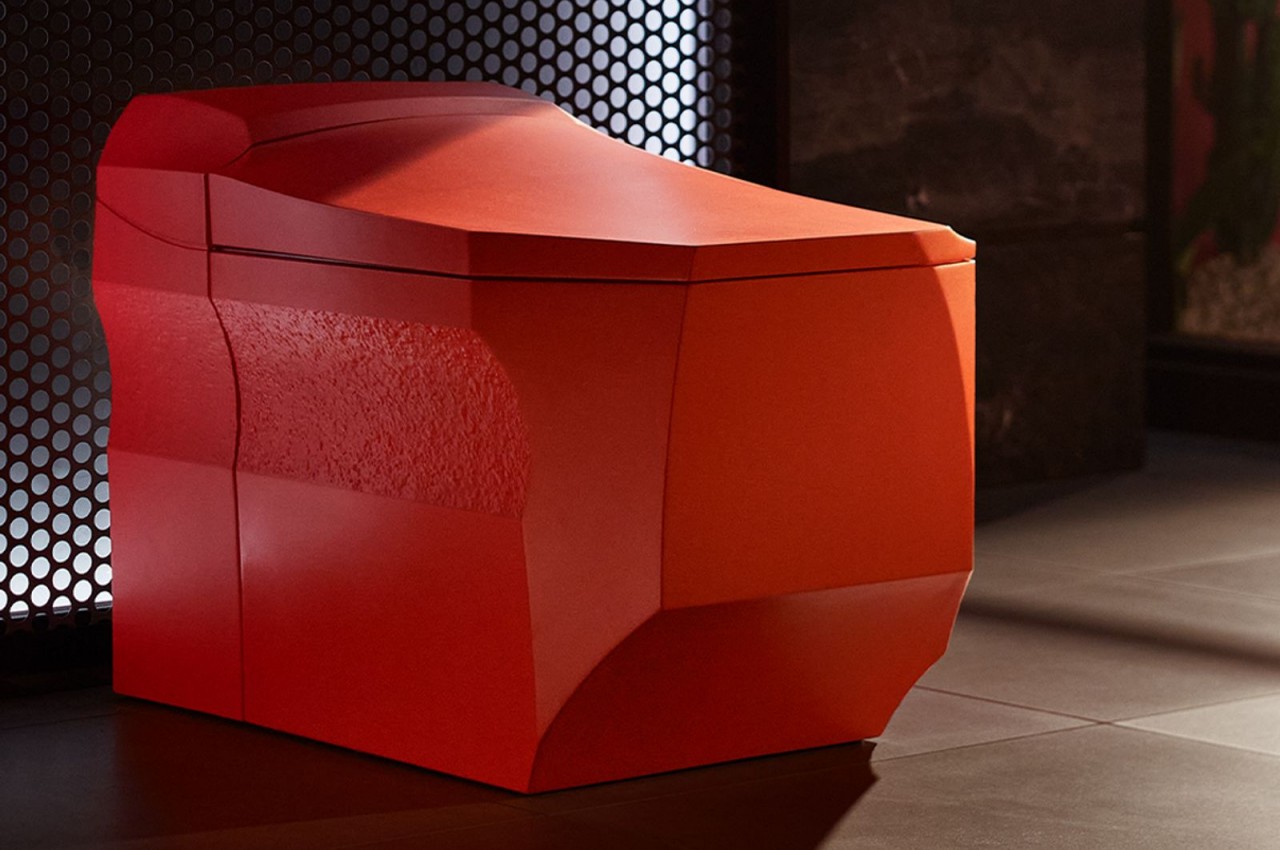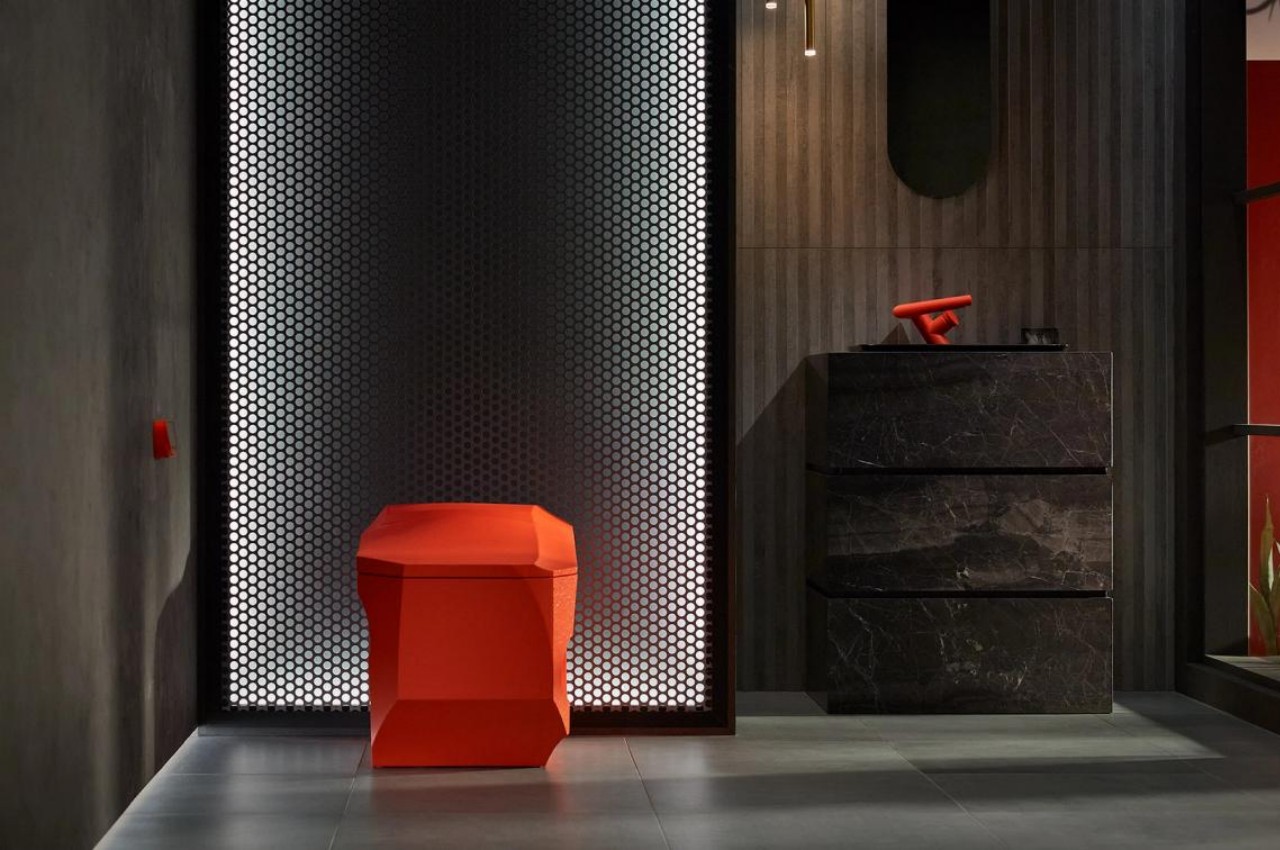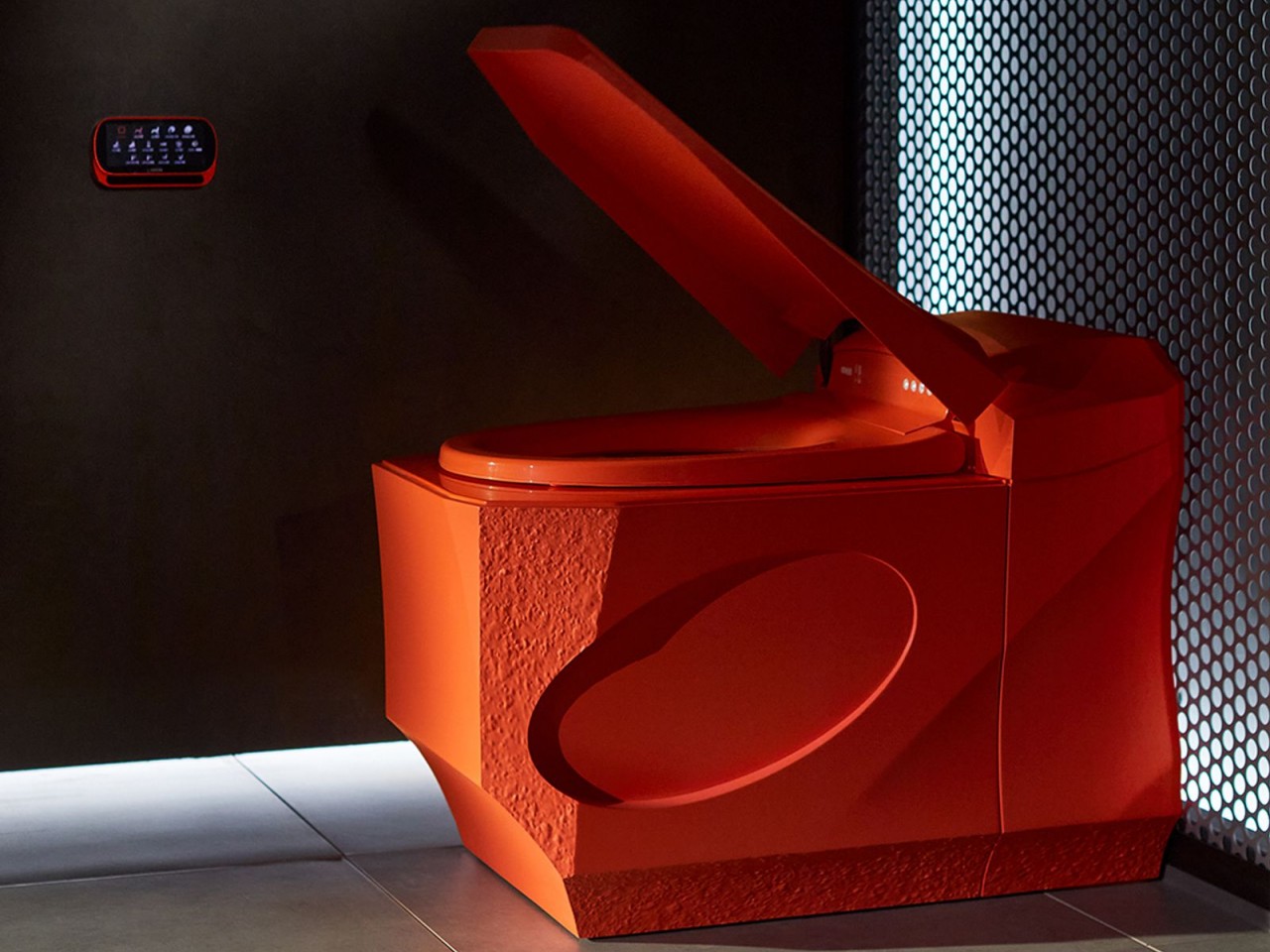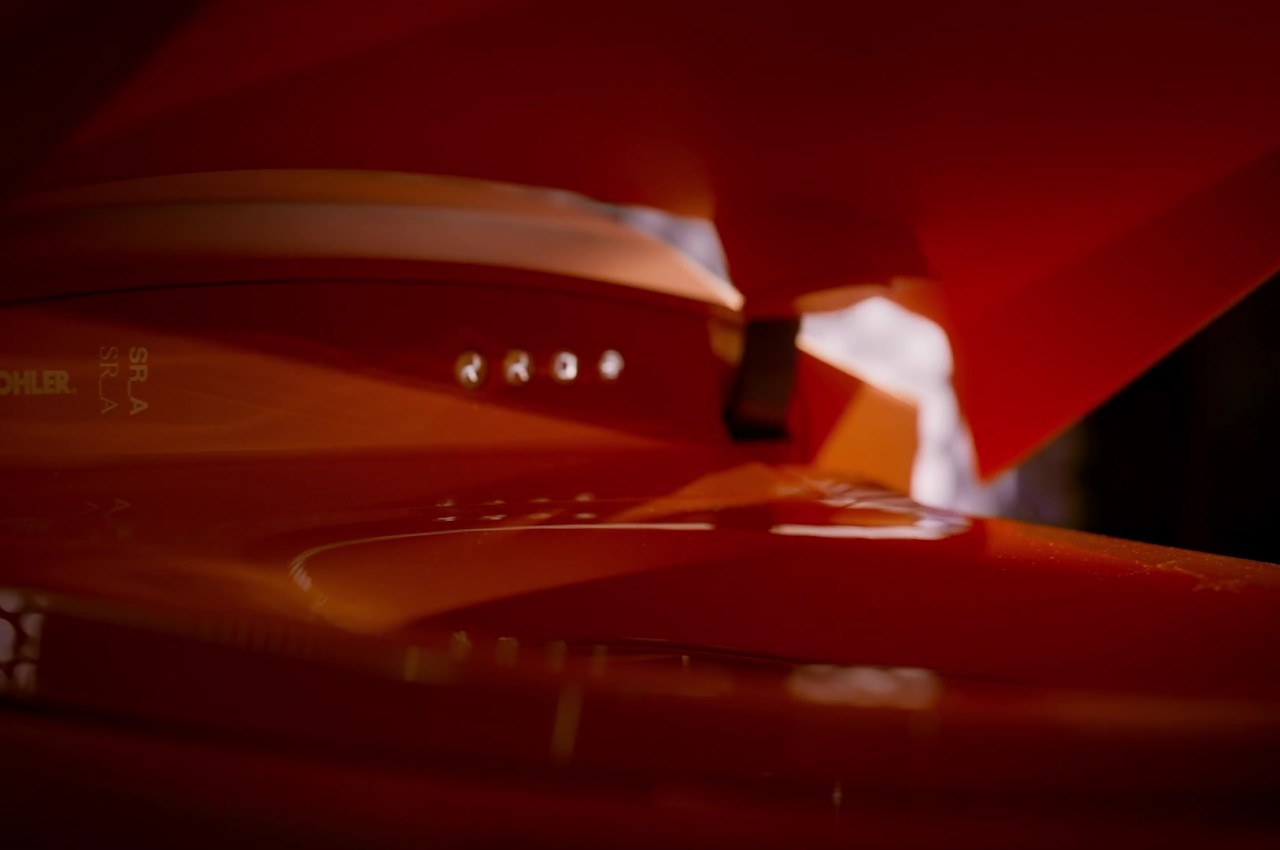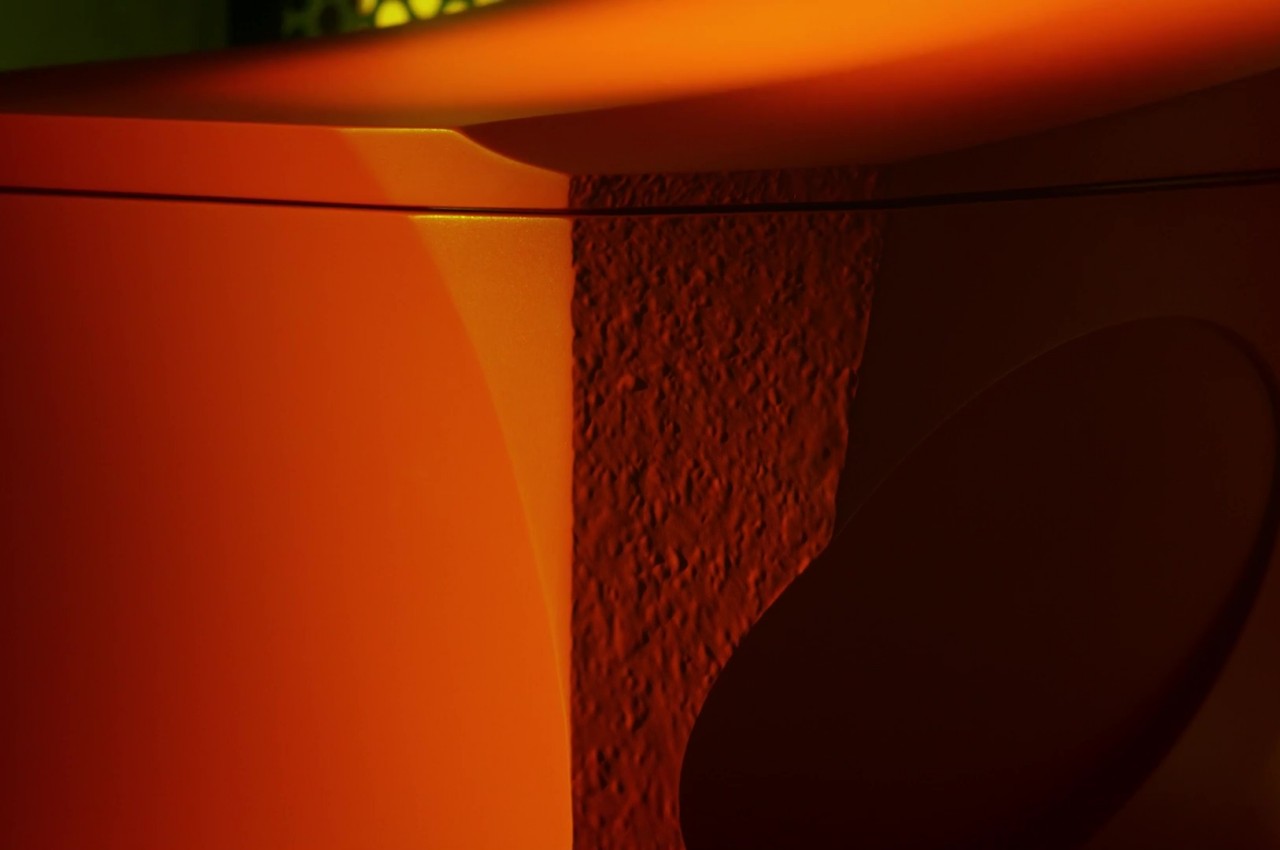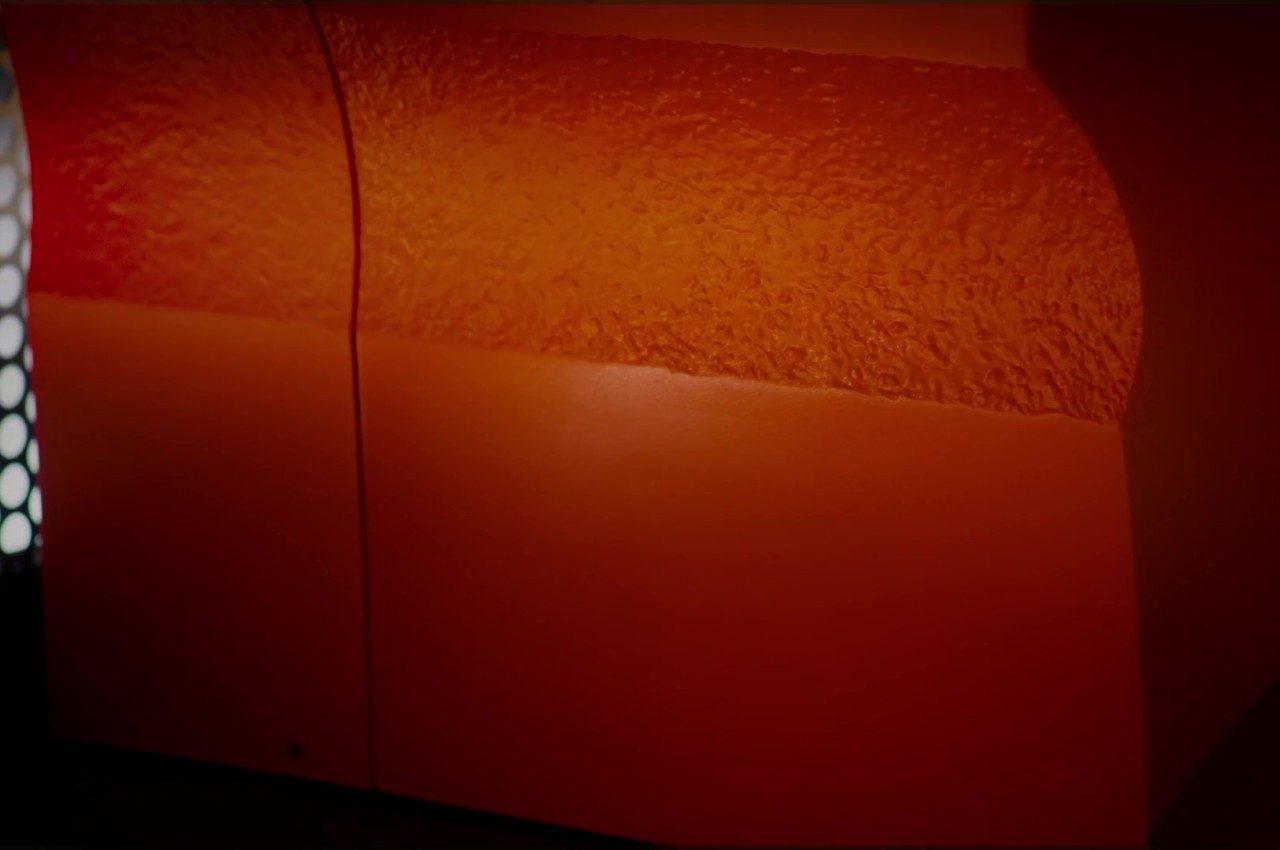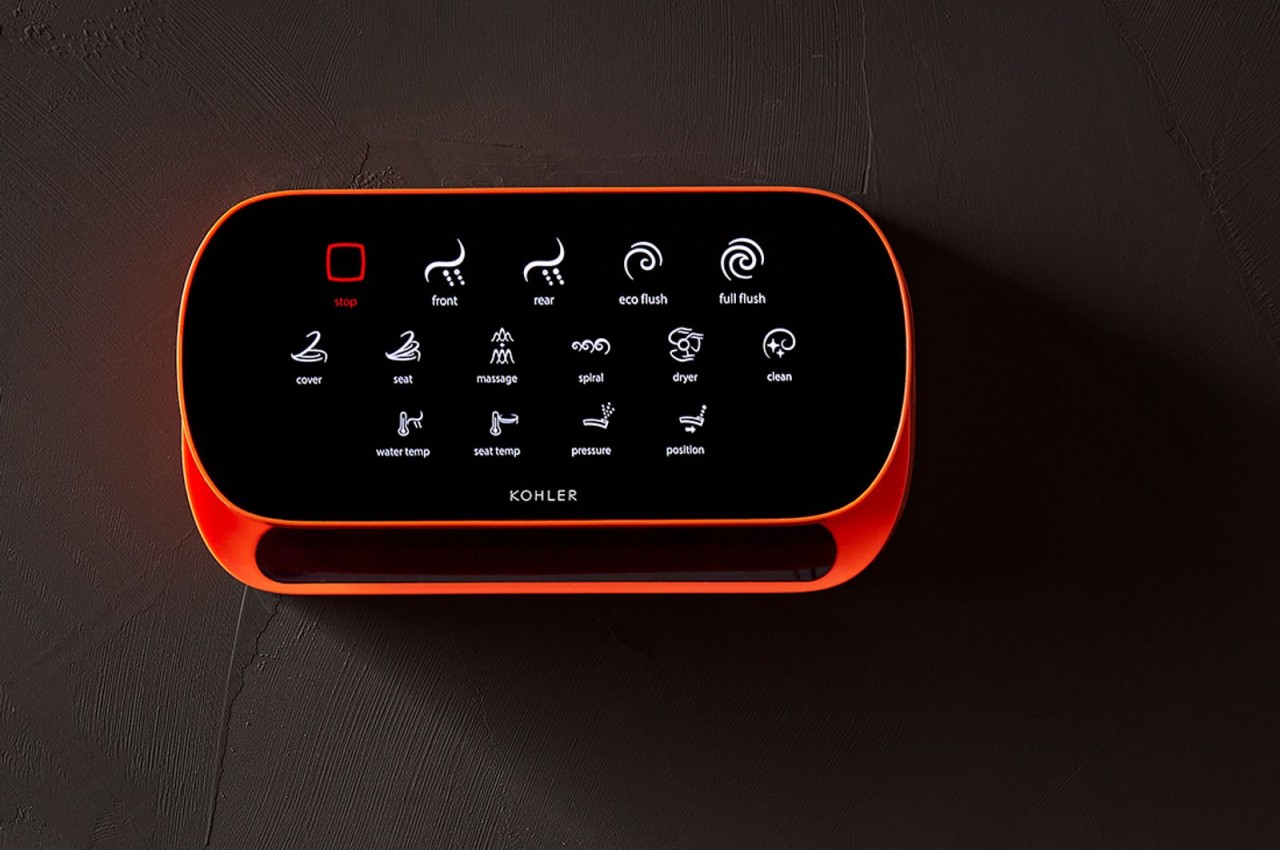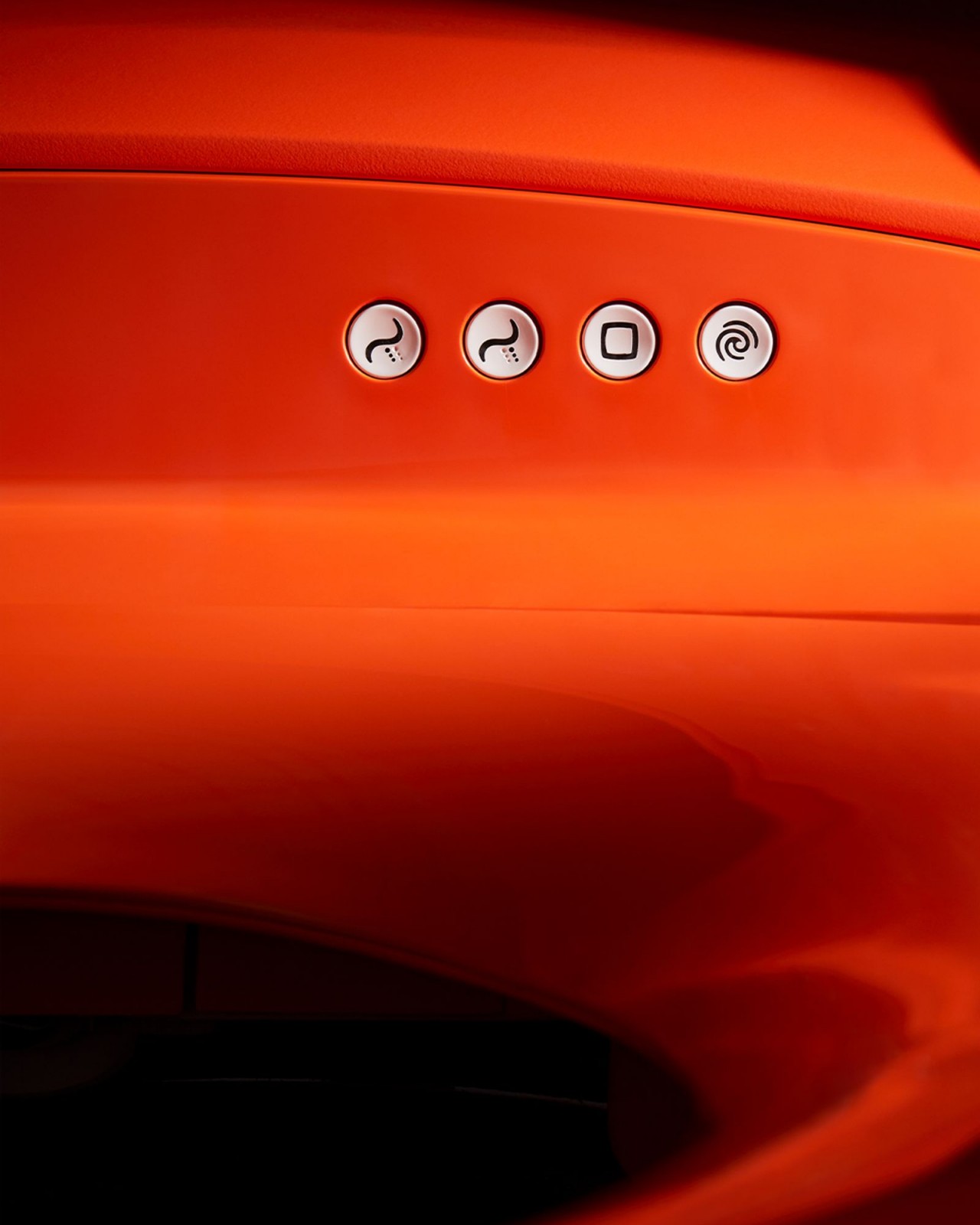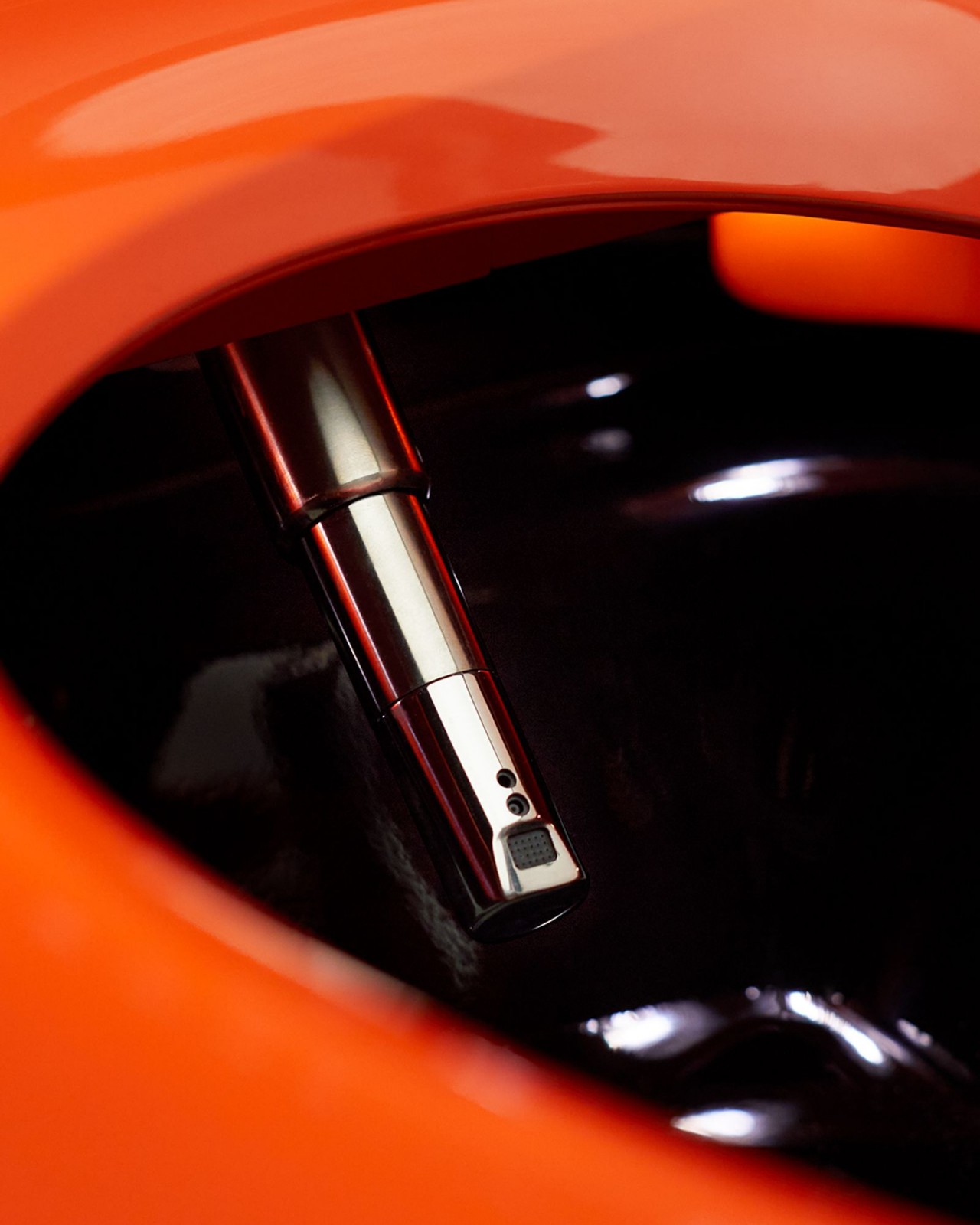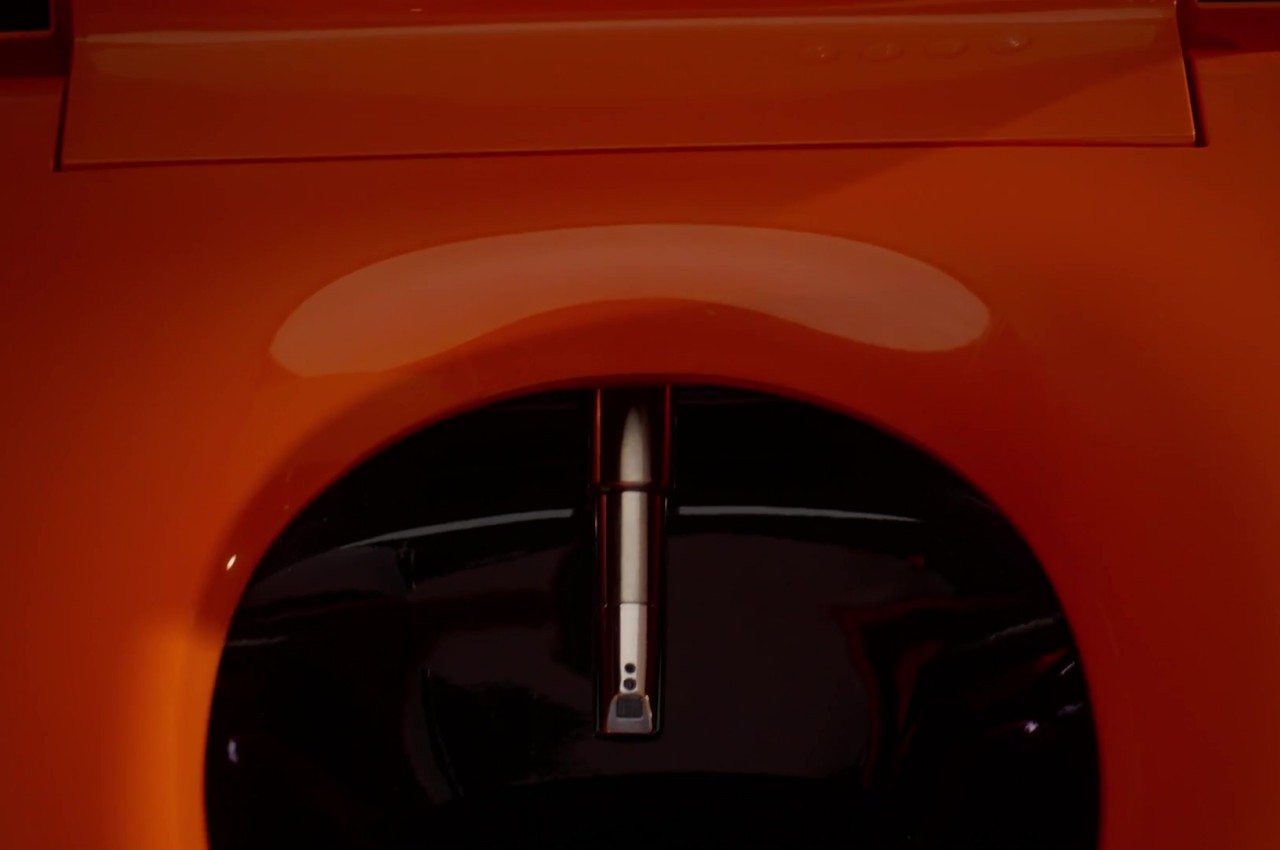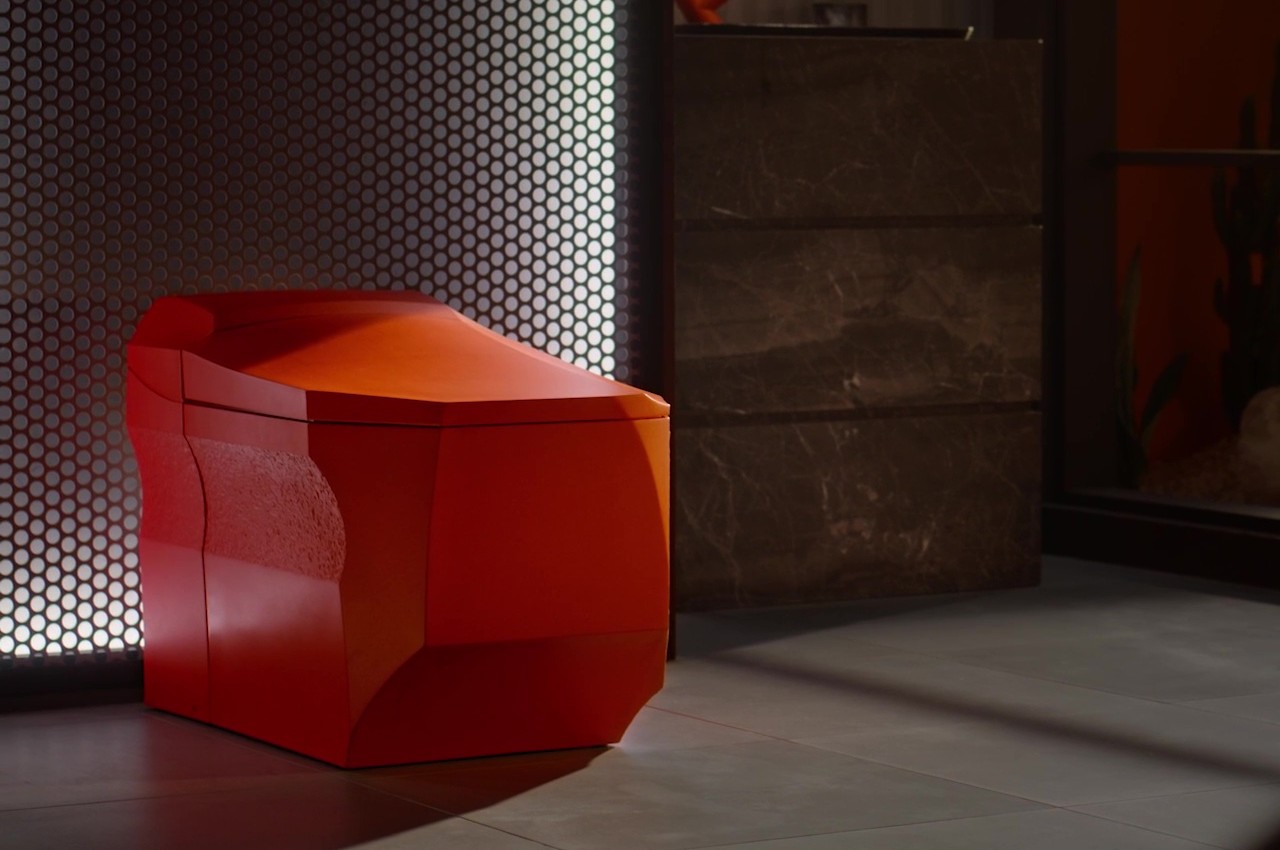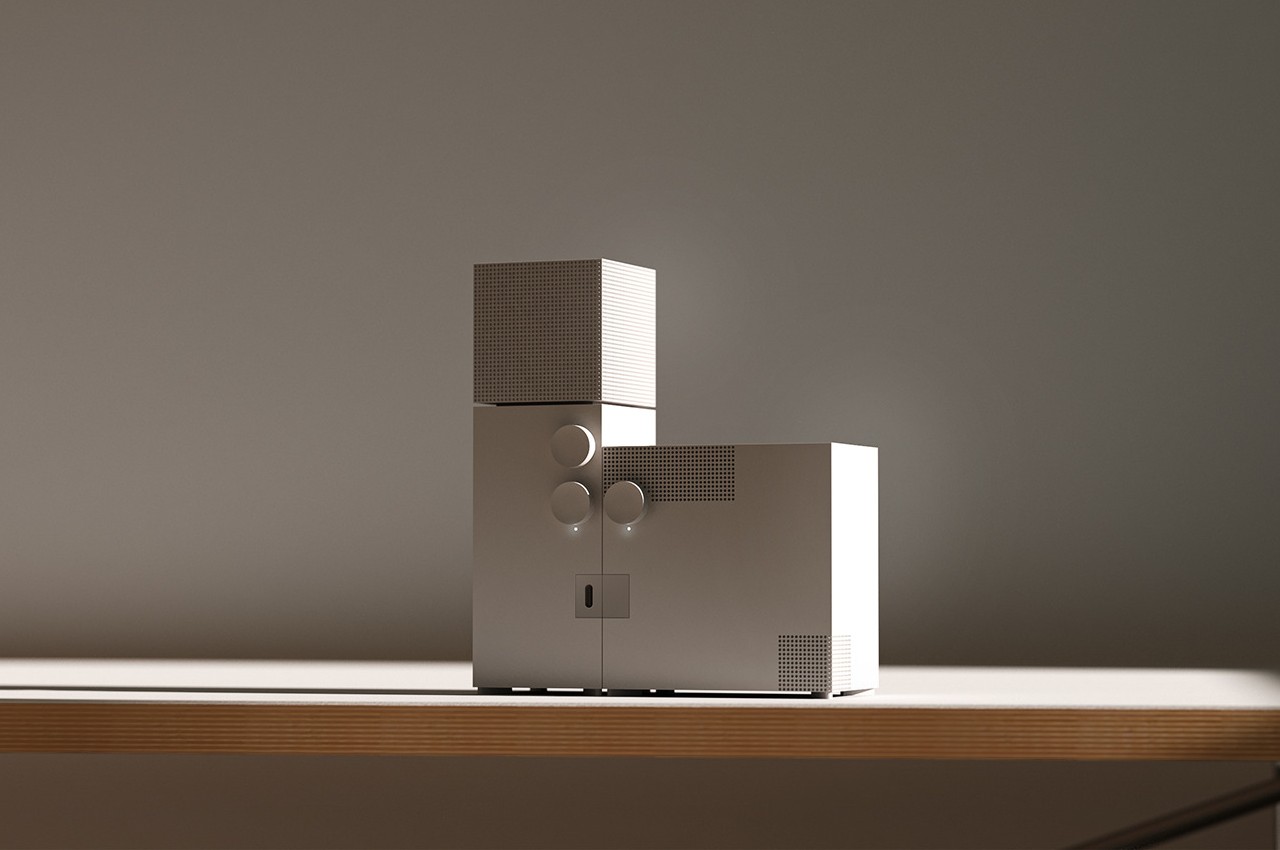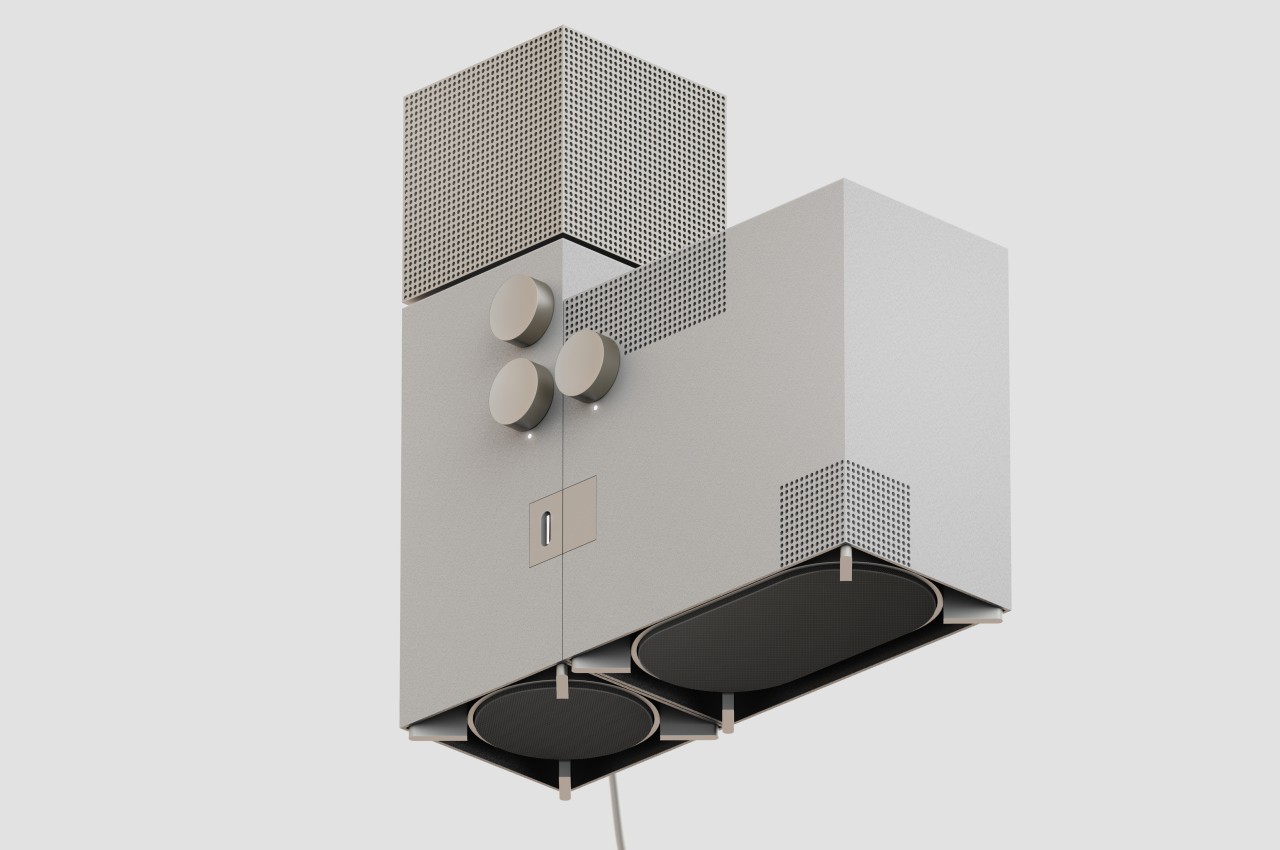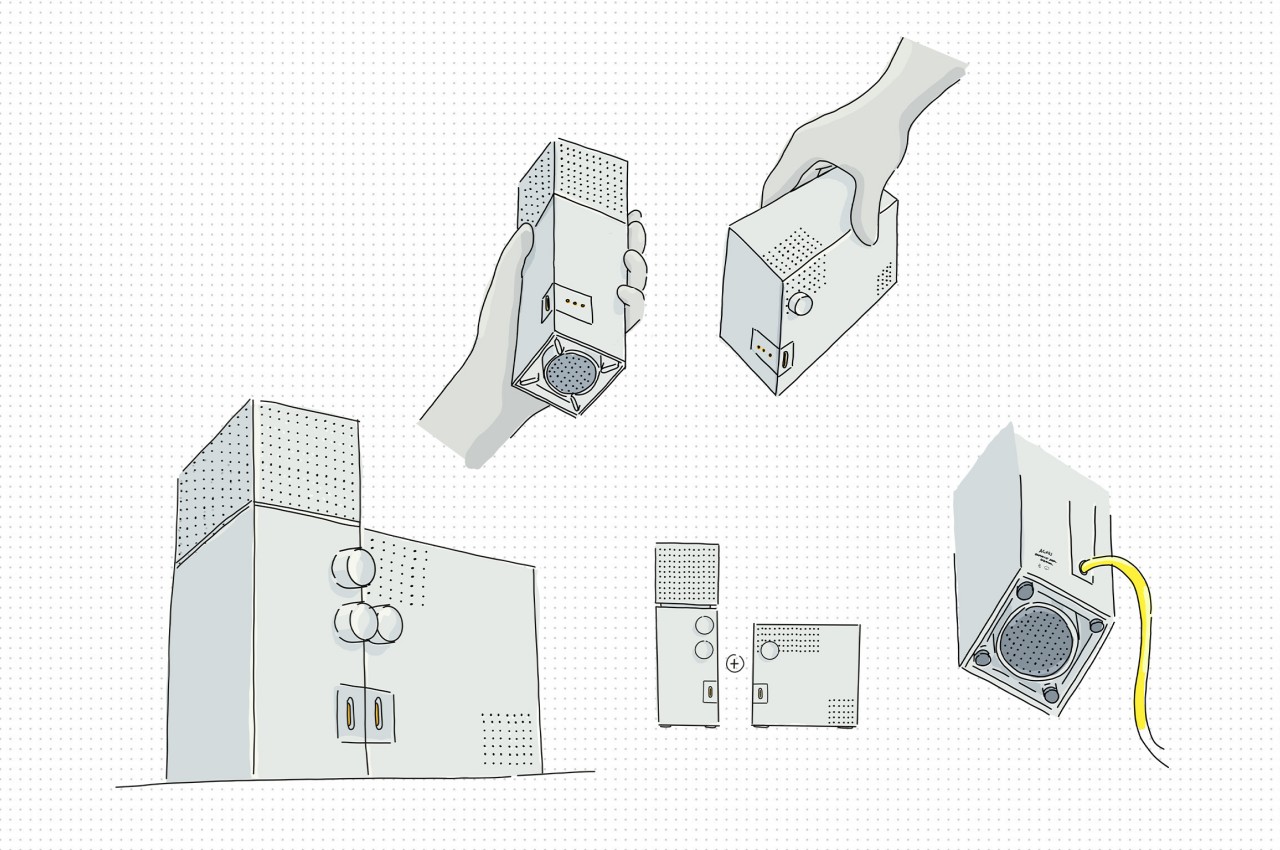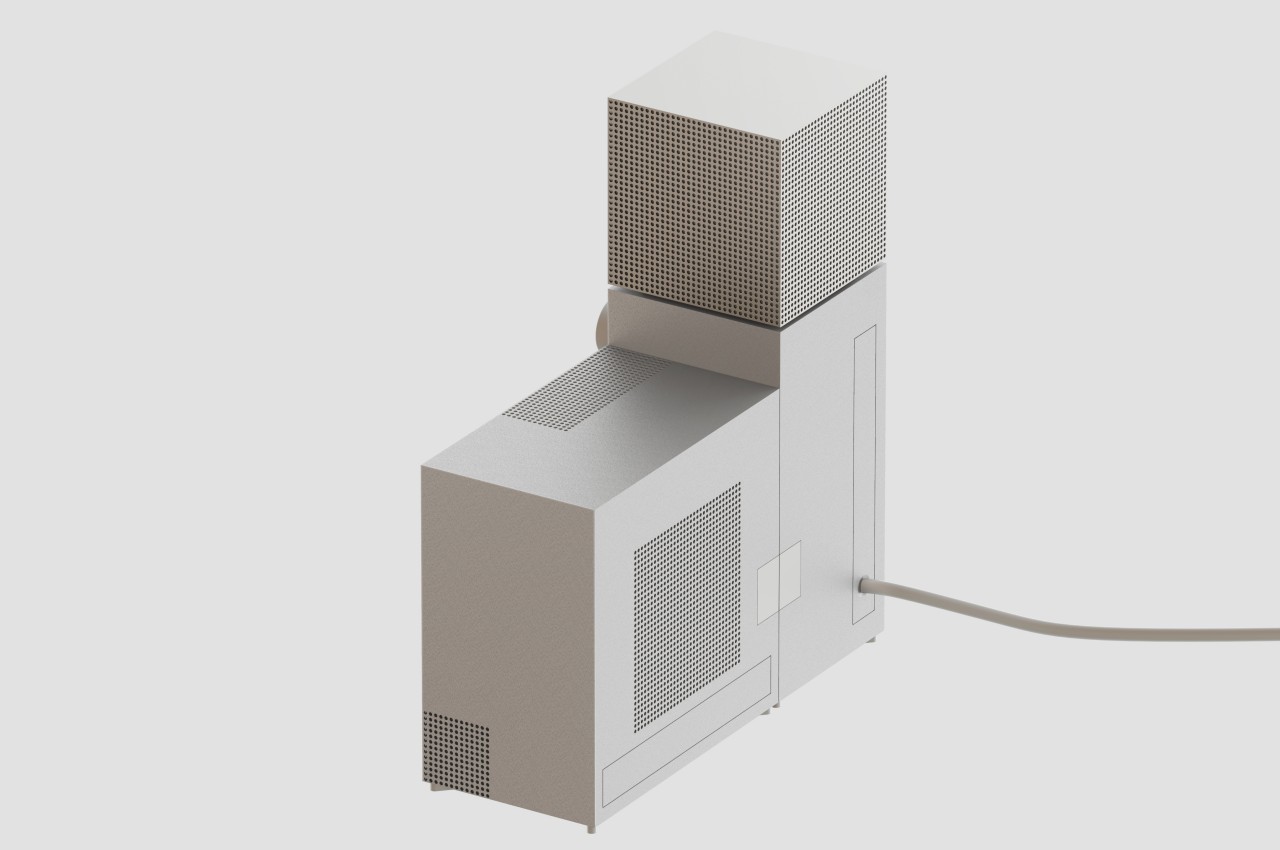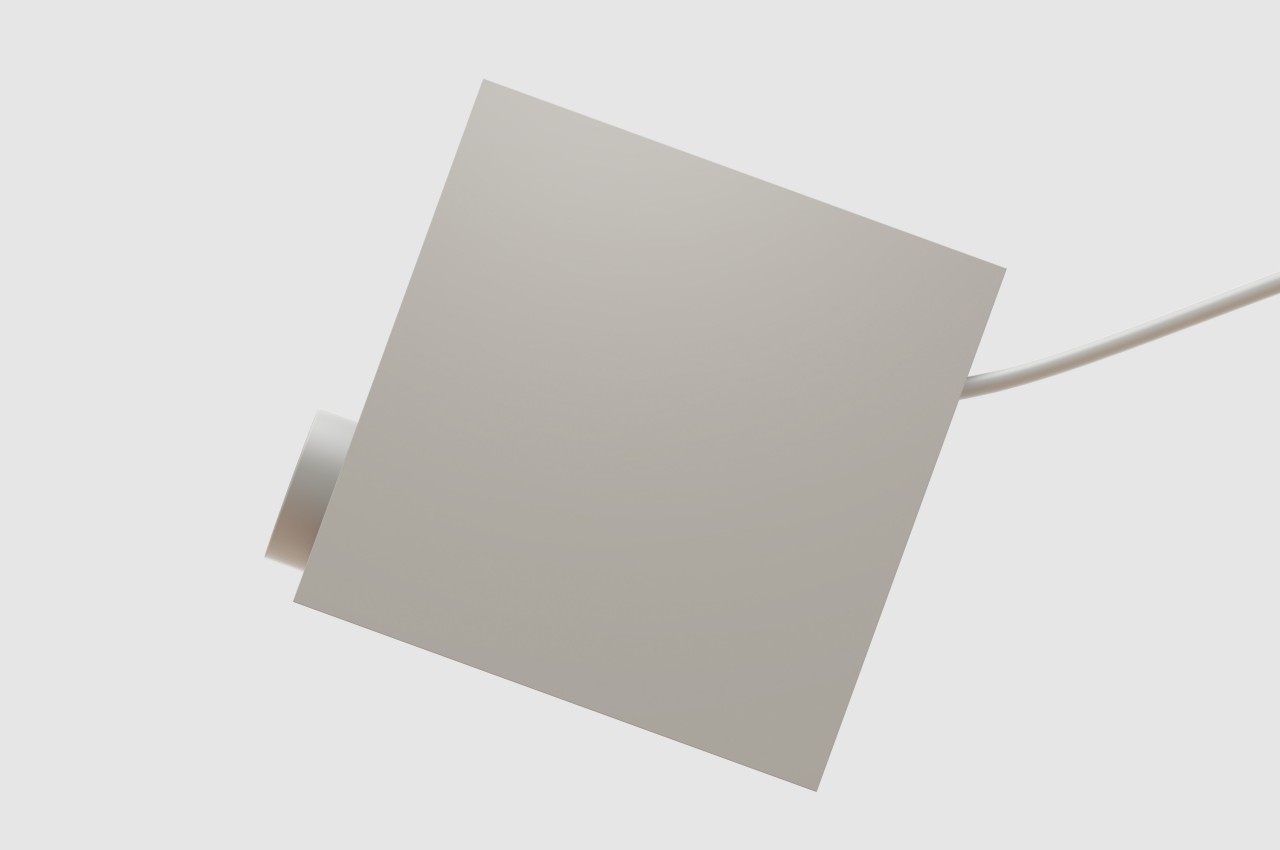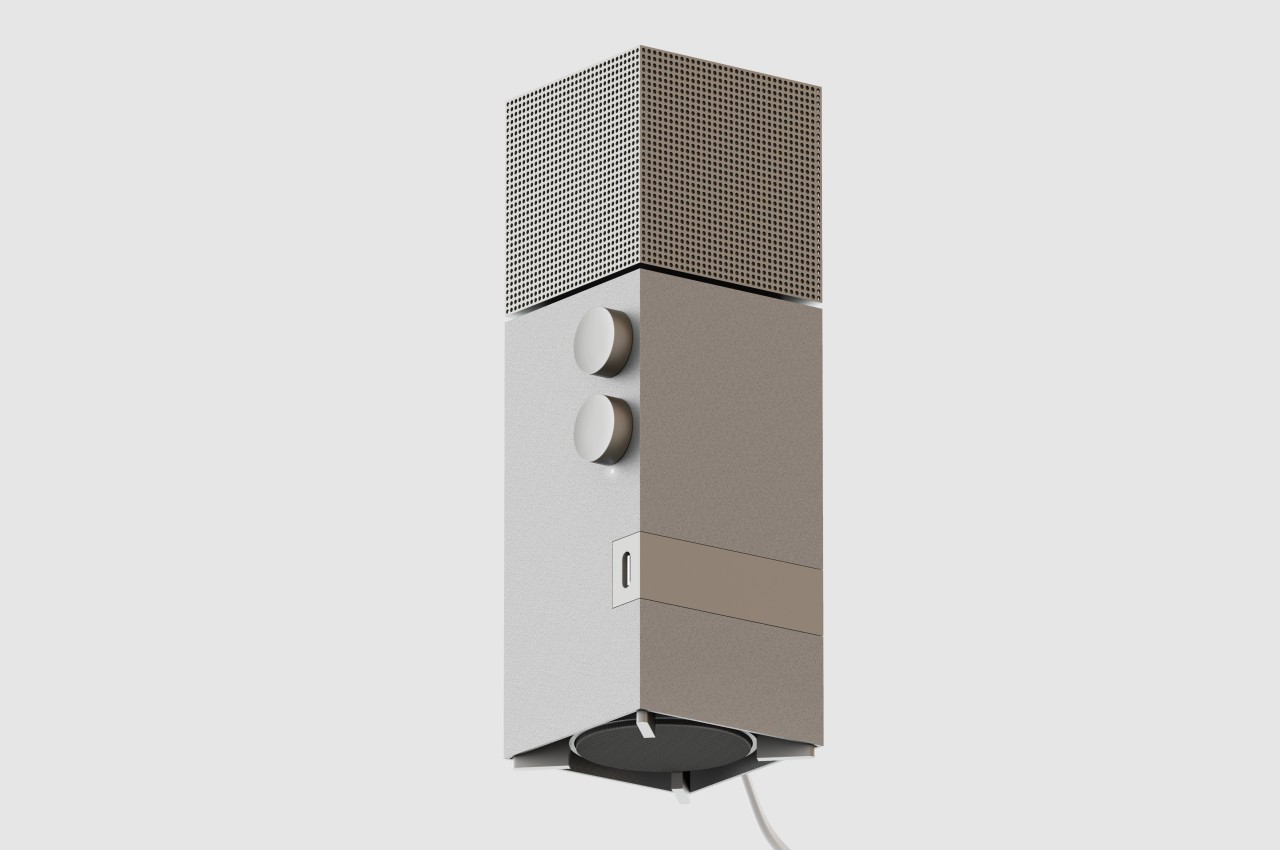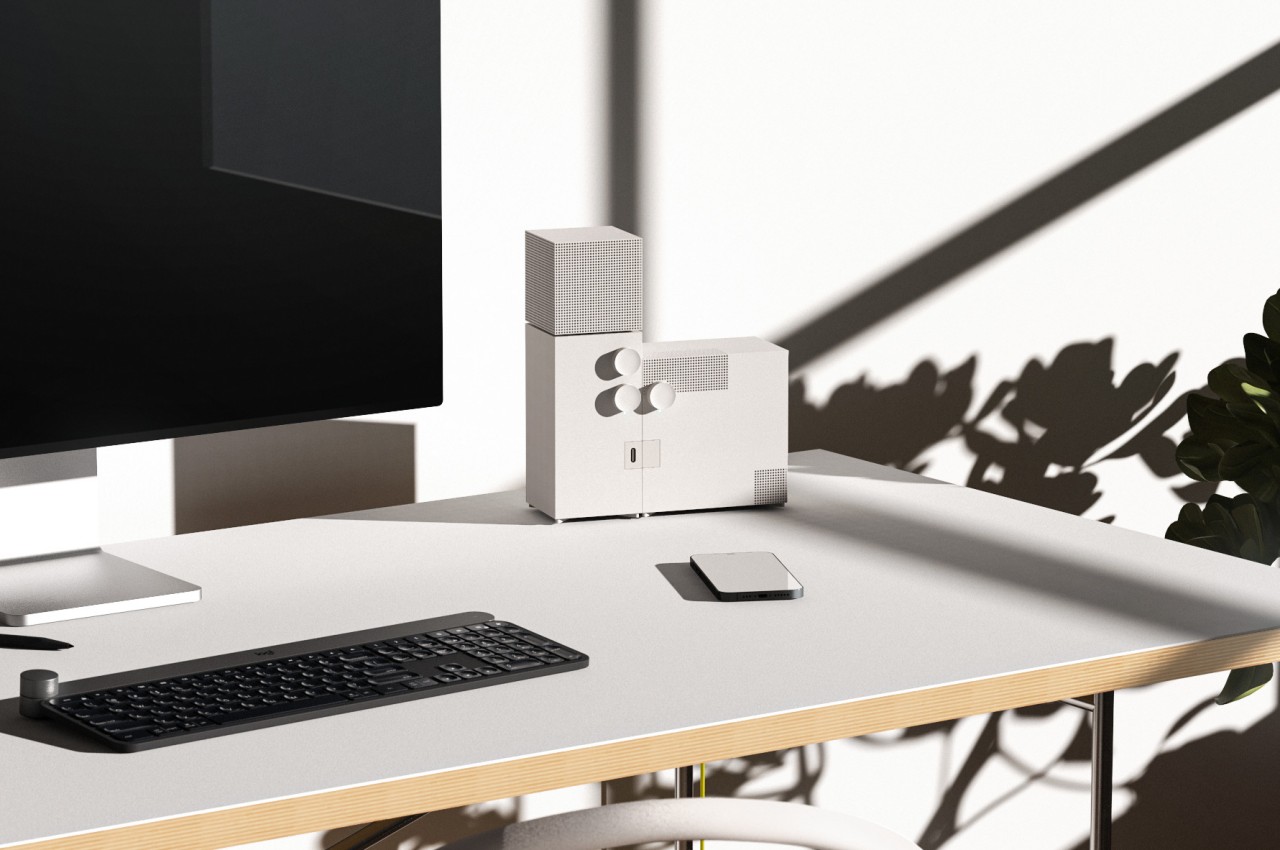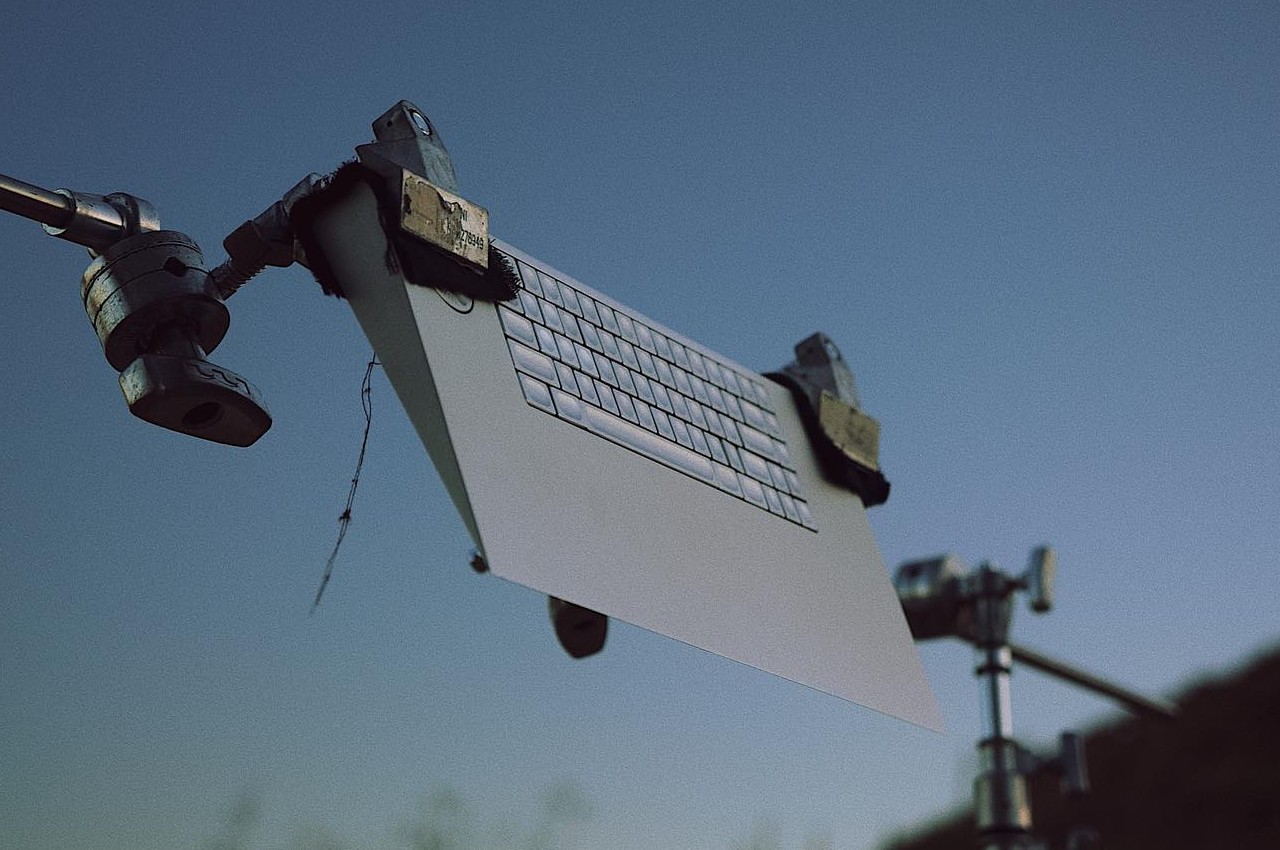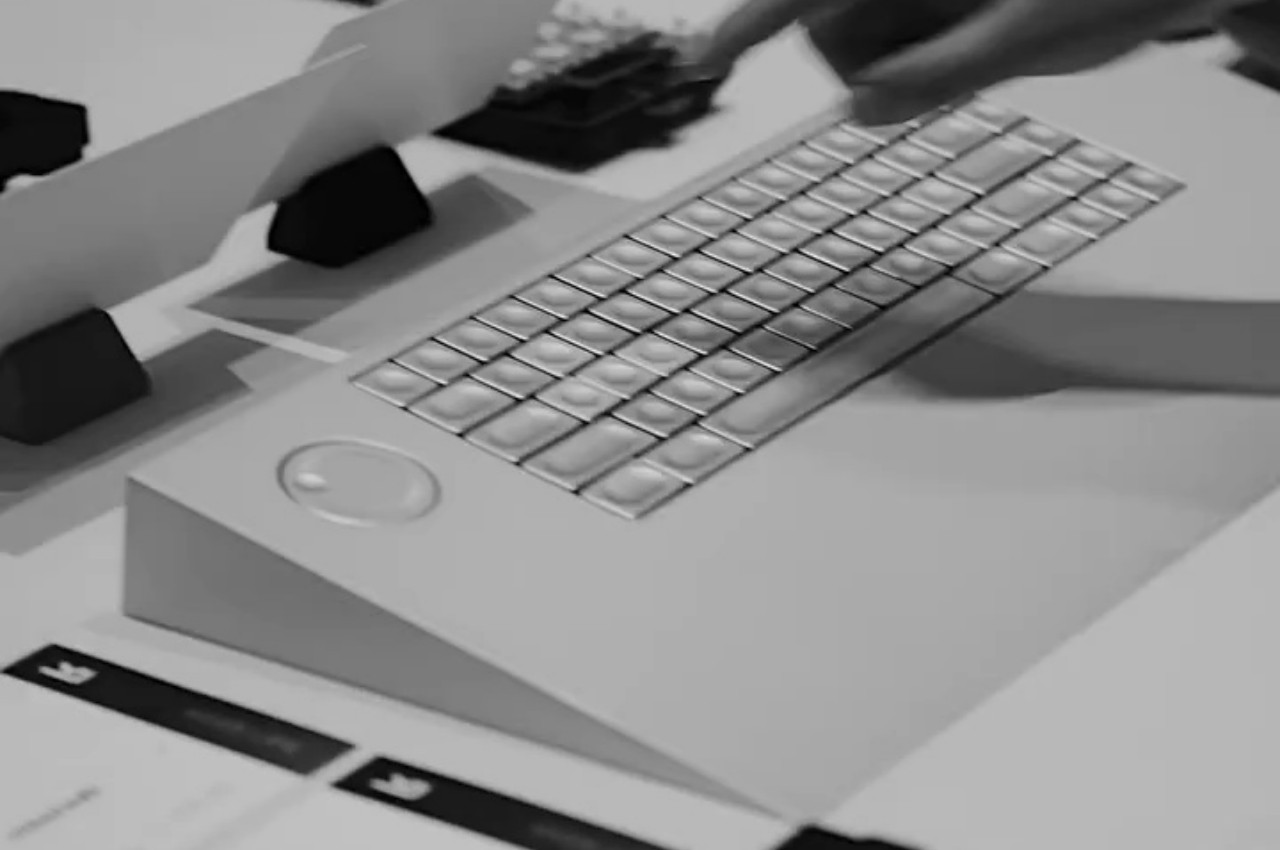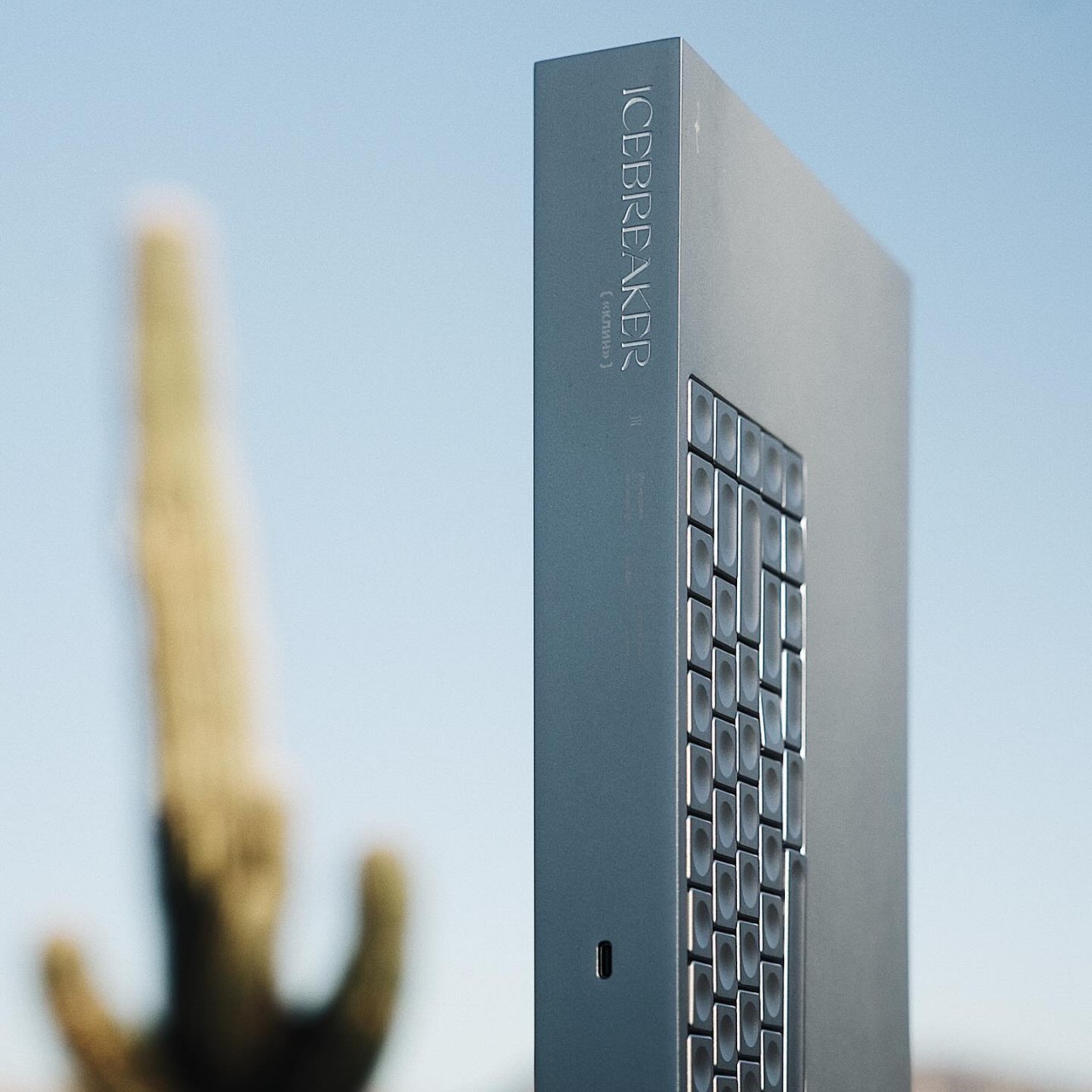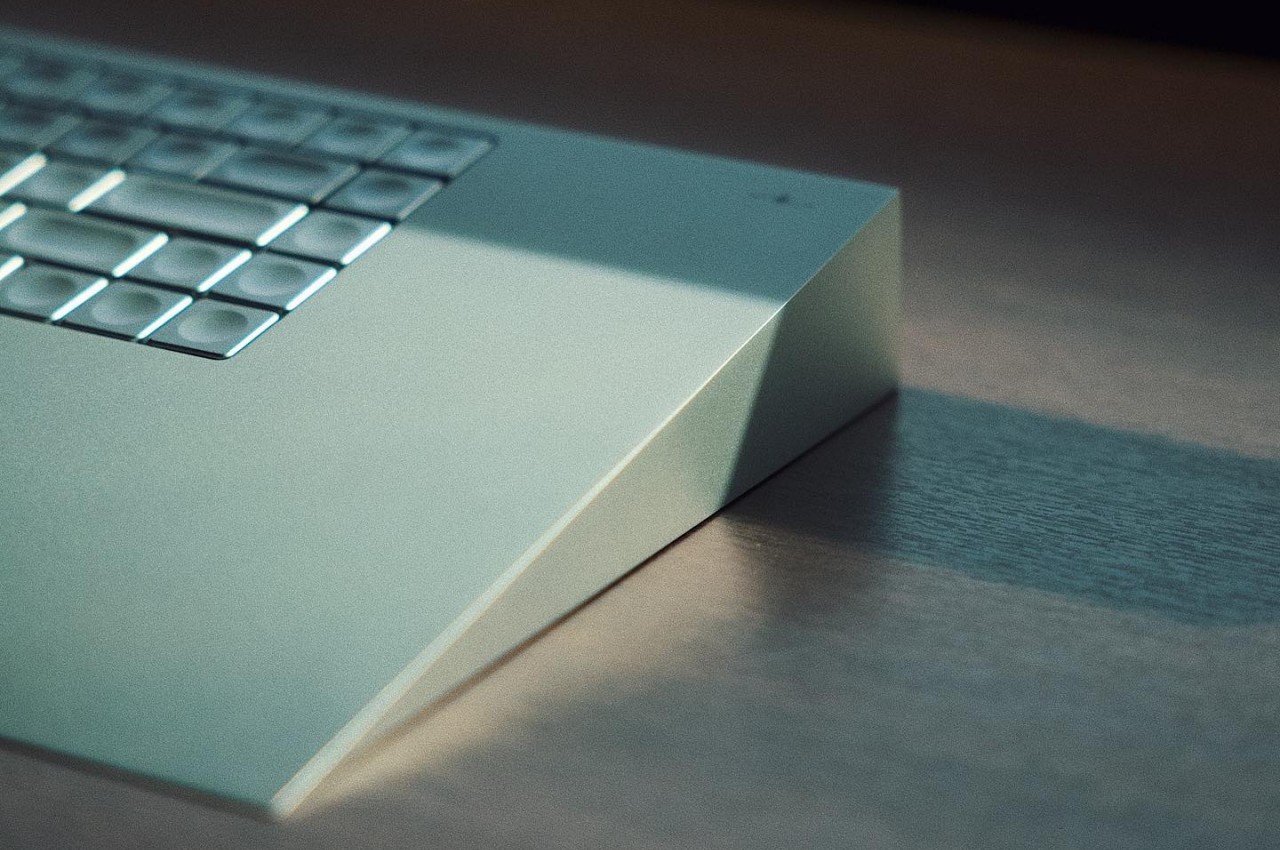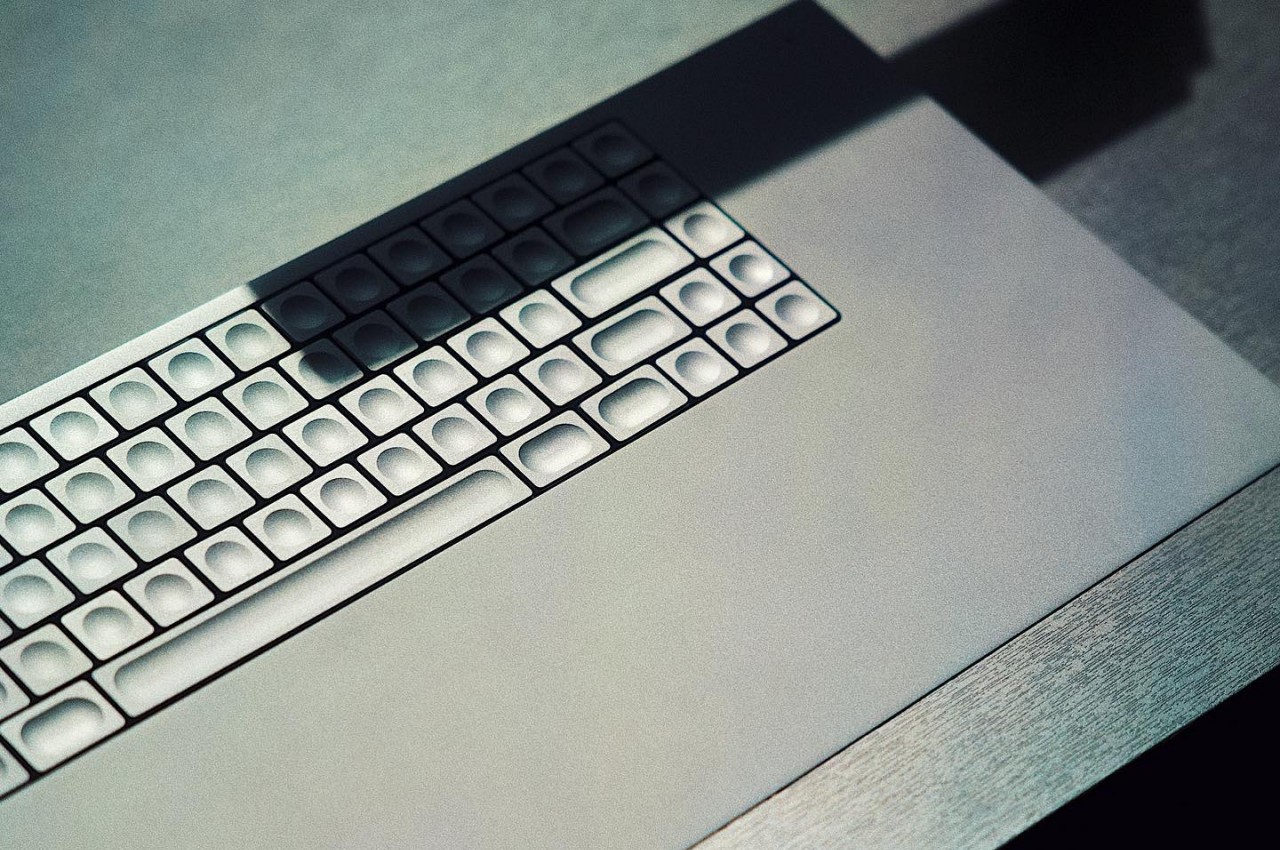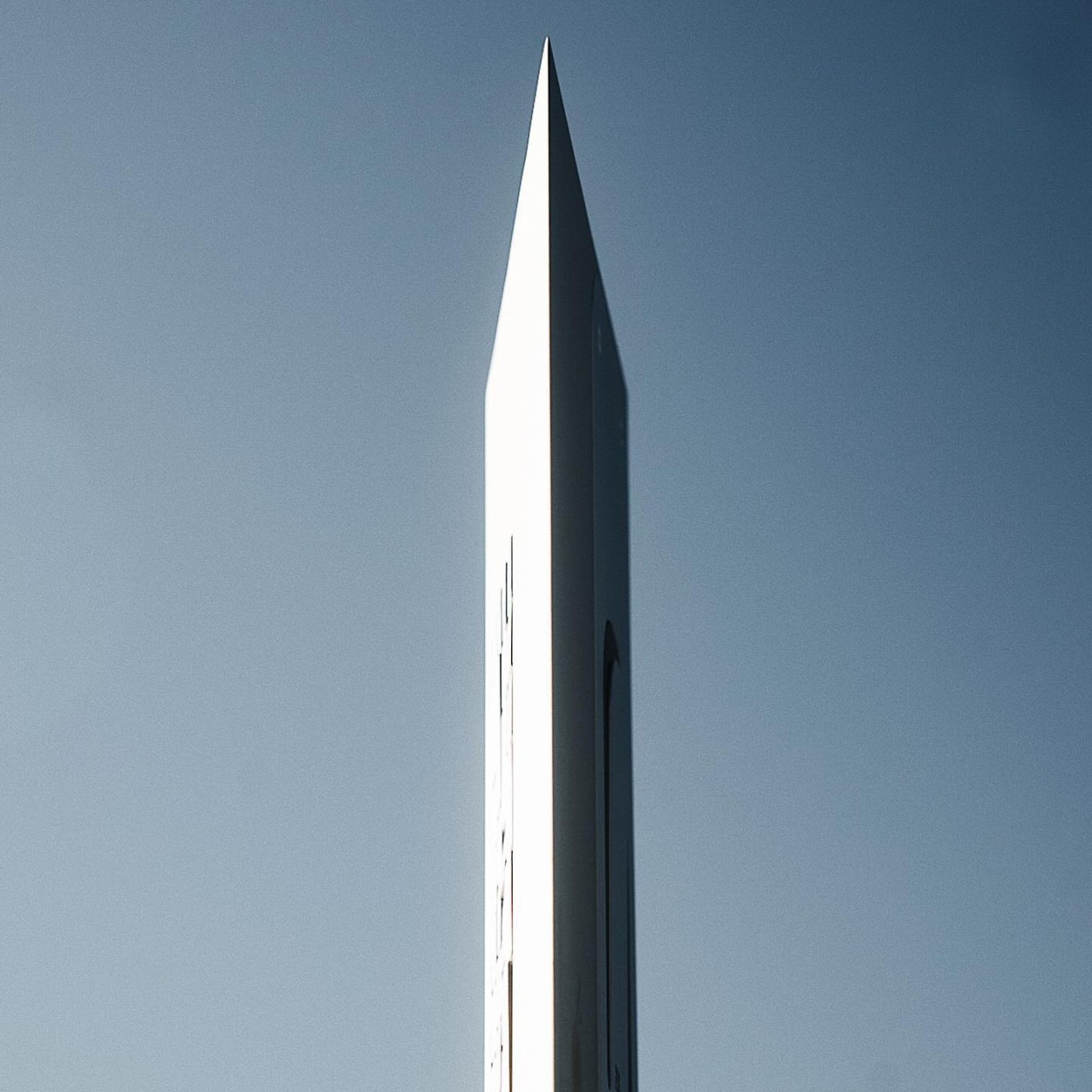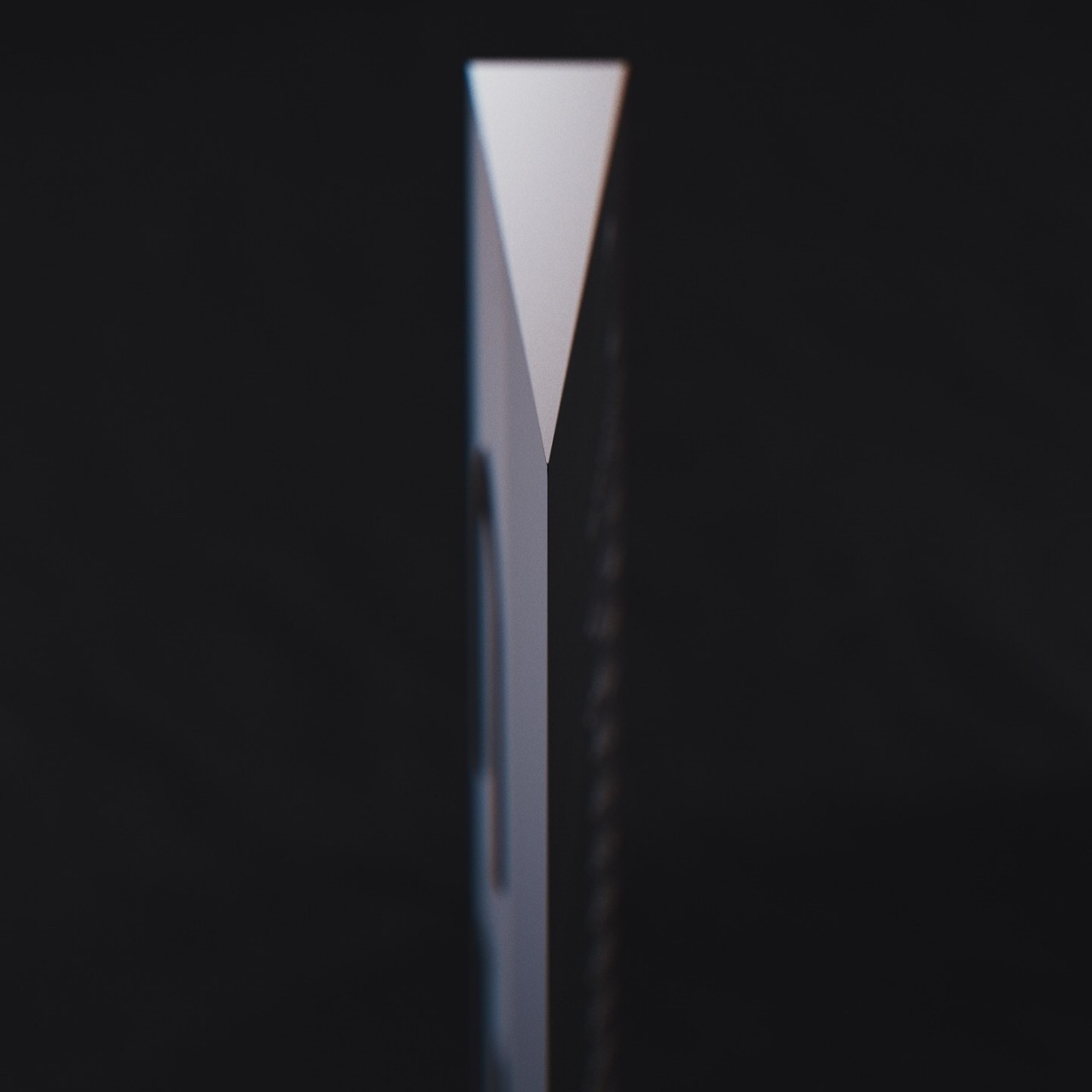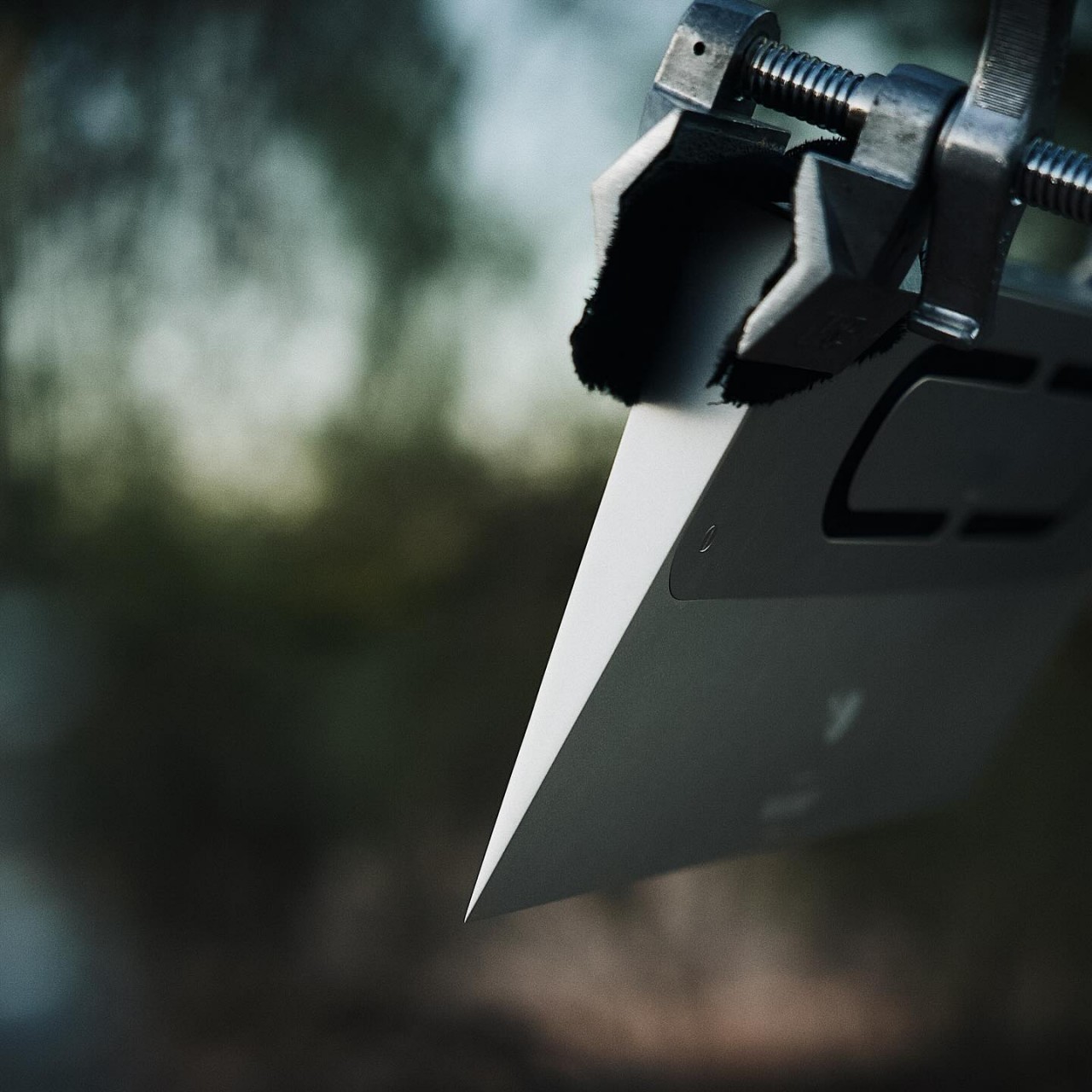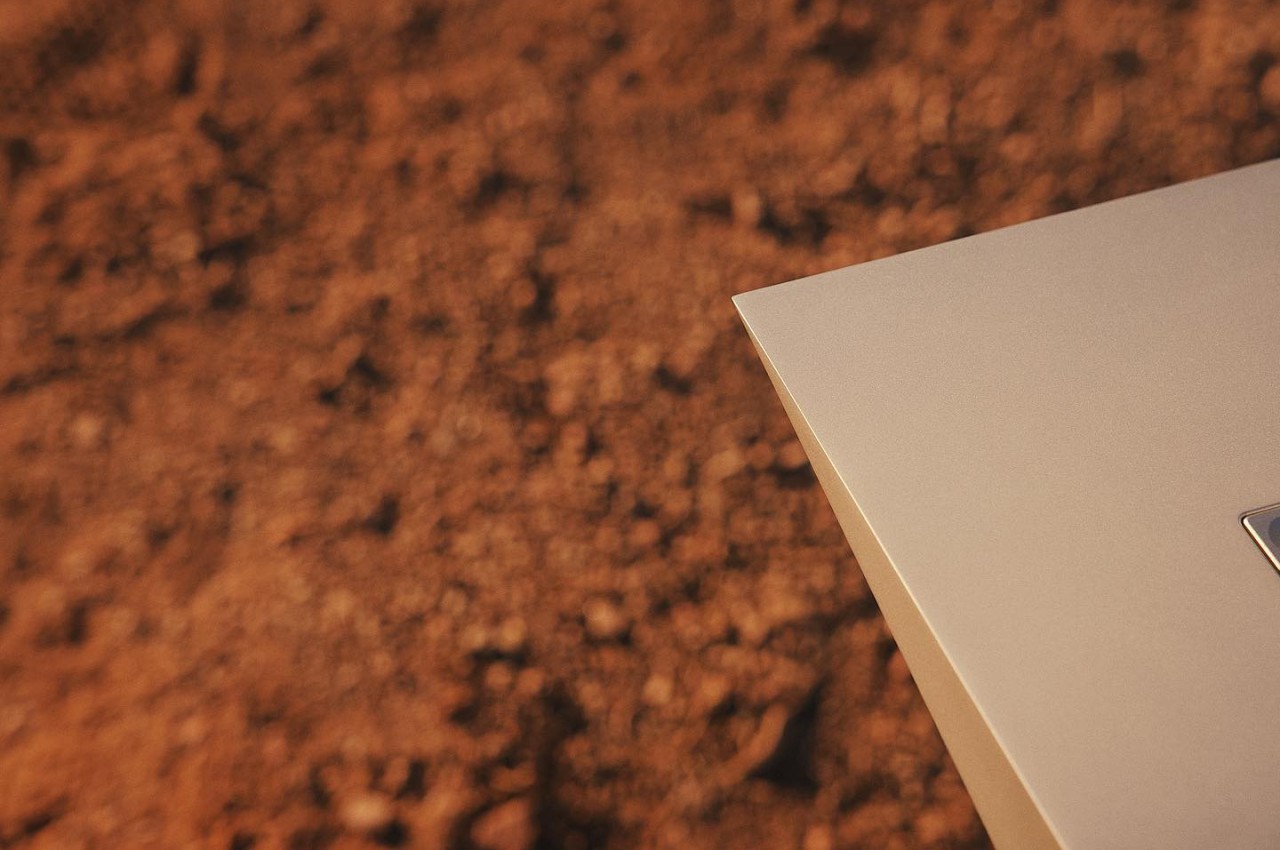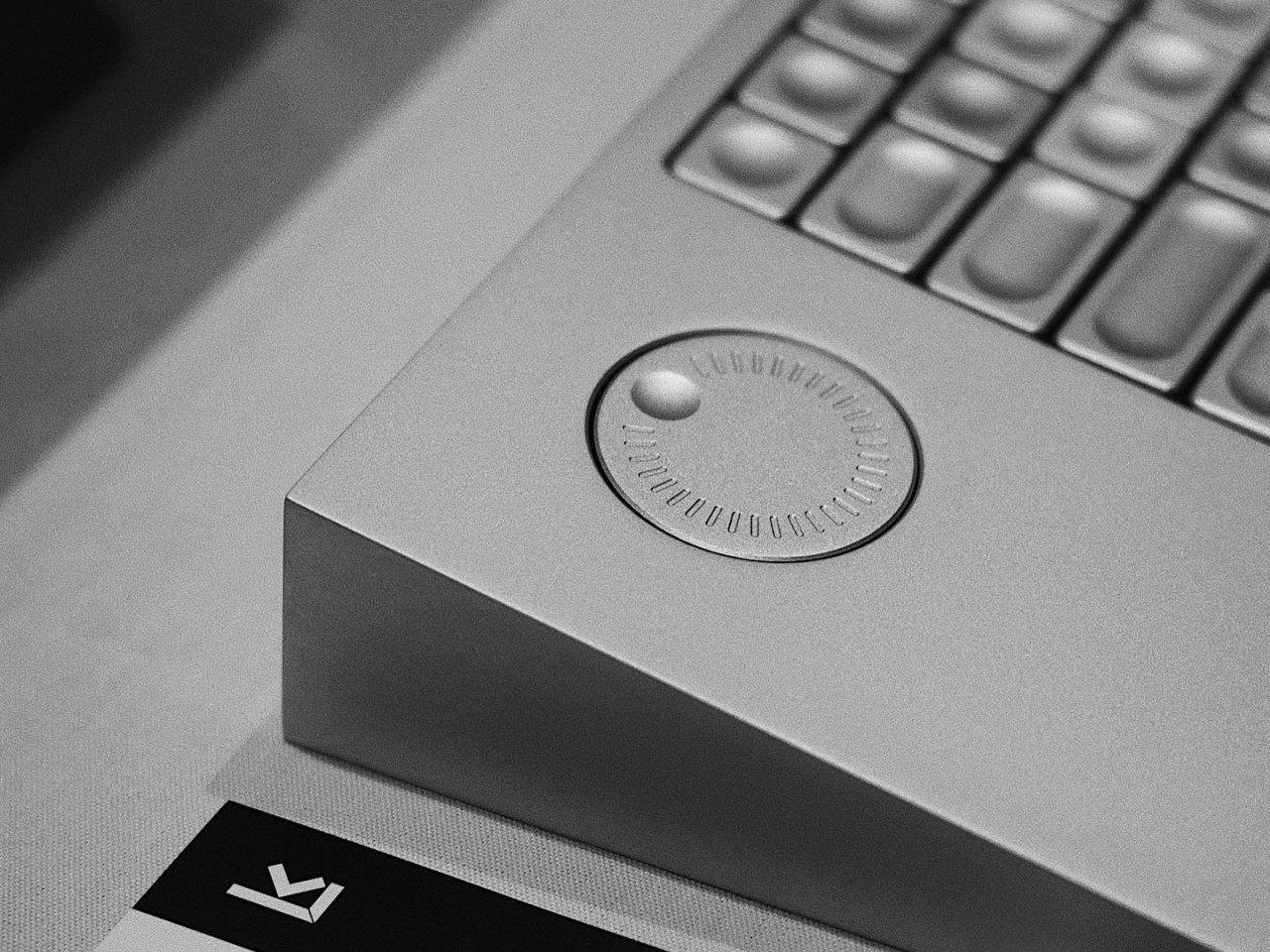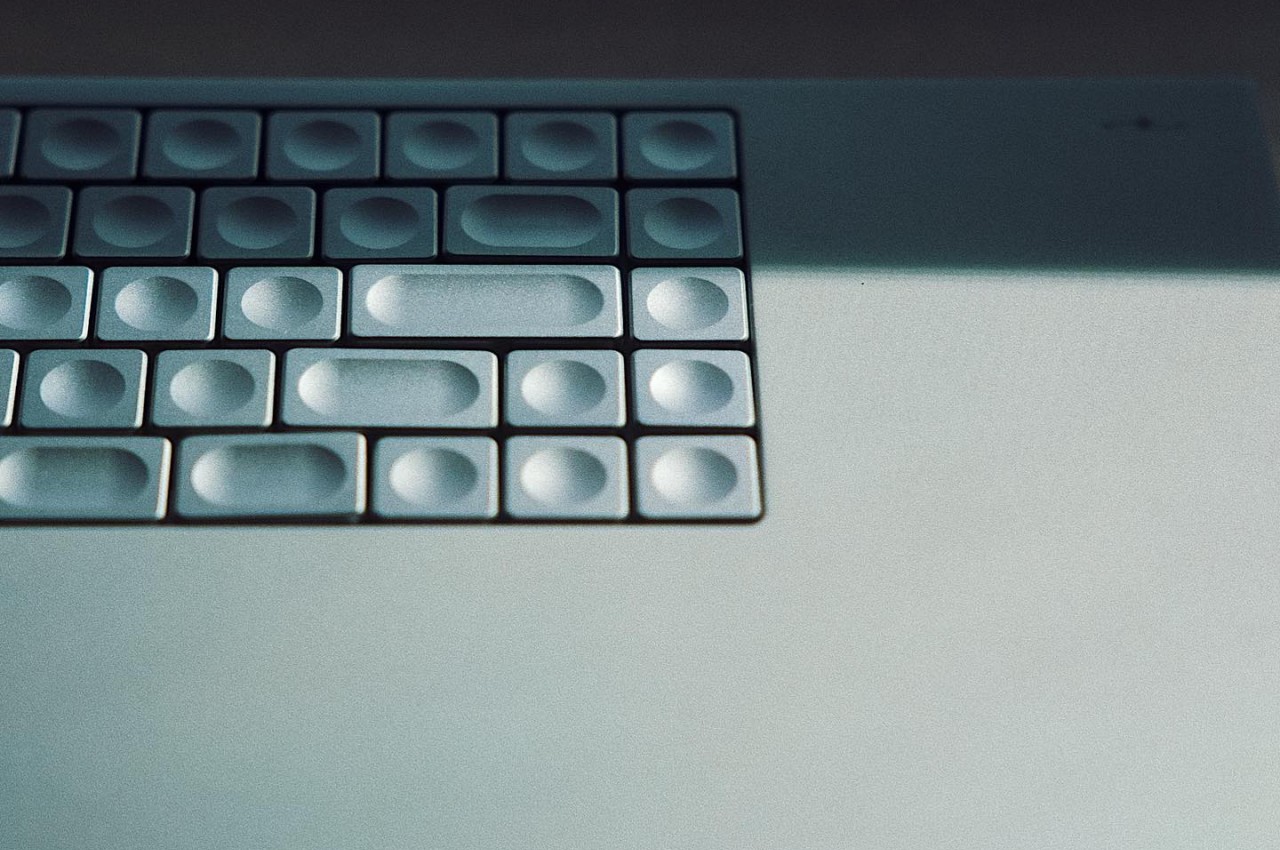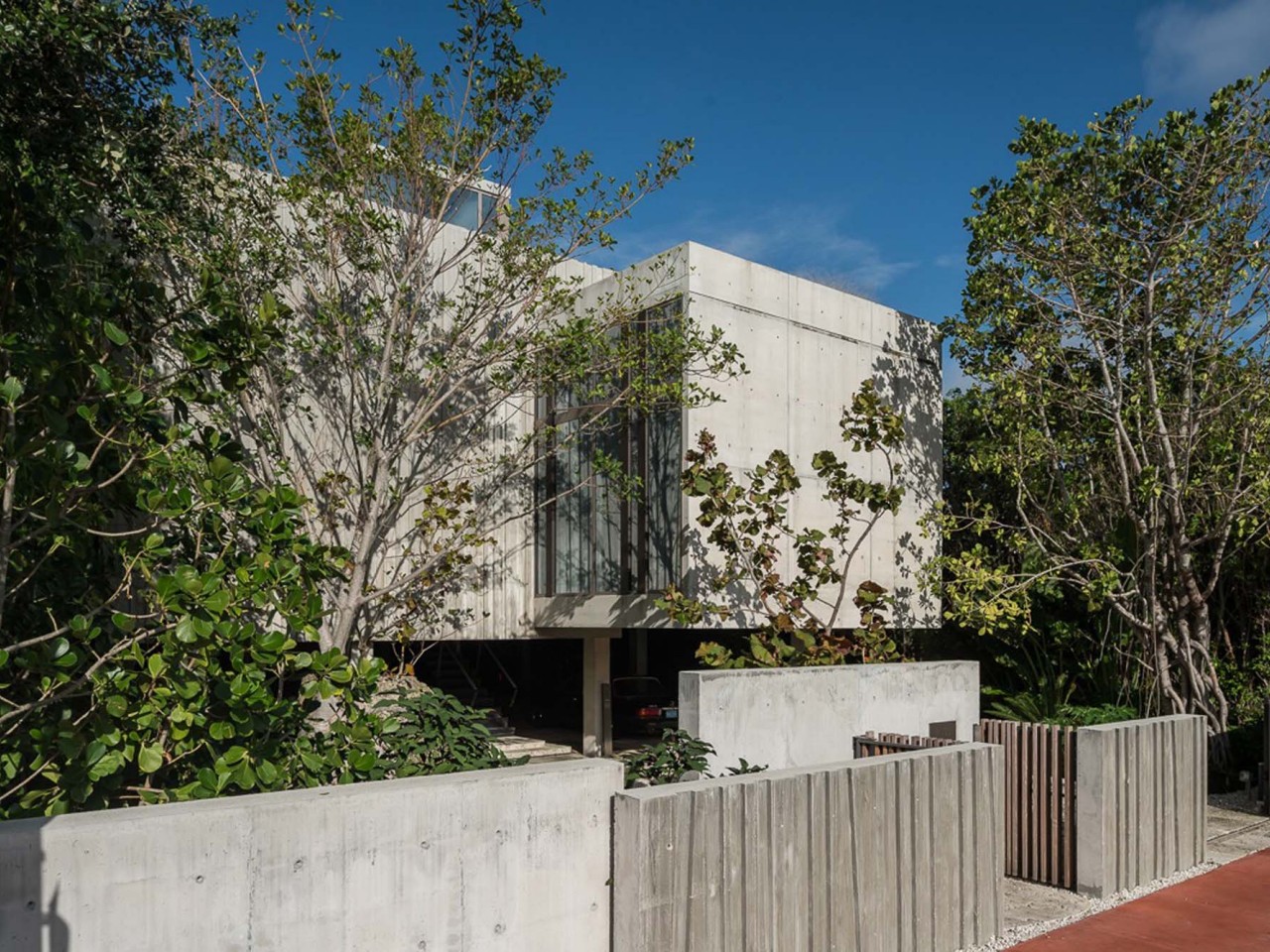
Brutalist architecture and interior design, popular from the 1950s to the mid-1970s, prioritize function over decoration, showcasing the raw beauty of materials like concrete. The term “Brutalism” comes from “béton brut,” French for “raw concrete,” emphasizing its minimalist approach. Bold elements, exposed materials, and functionality define this style, which emerged as a reaction to sleek mid-century designs. Architects and designers reveal the innate beauty of materials such as concrete and steel by exposing structural elements. Recently Brutalism is not only a part of architecture but also product design.
Designer: Rene Gonzalez
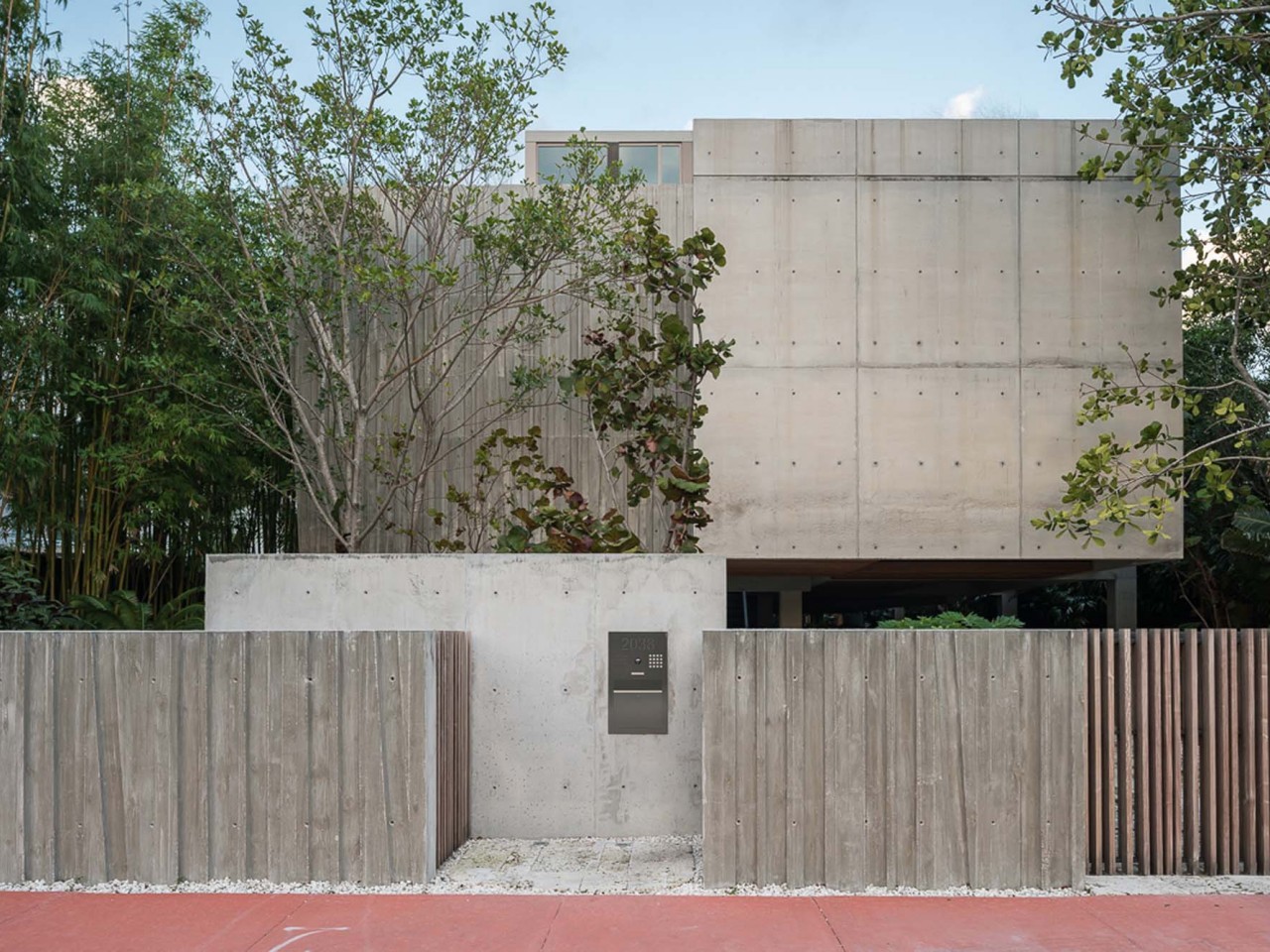
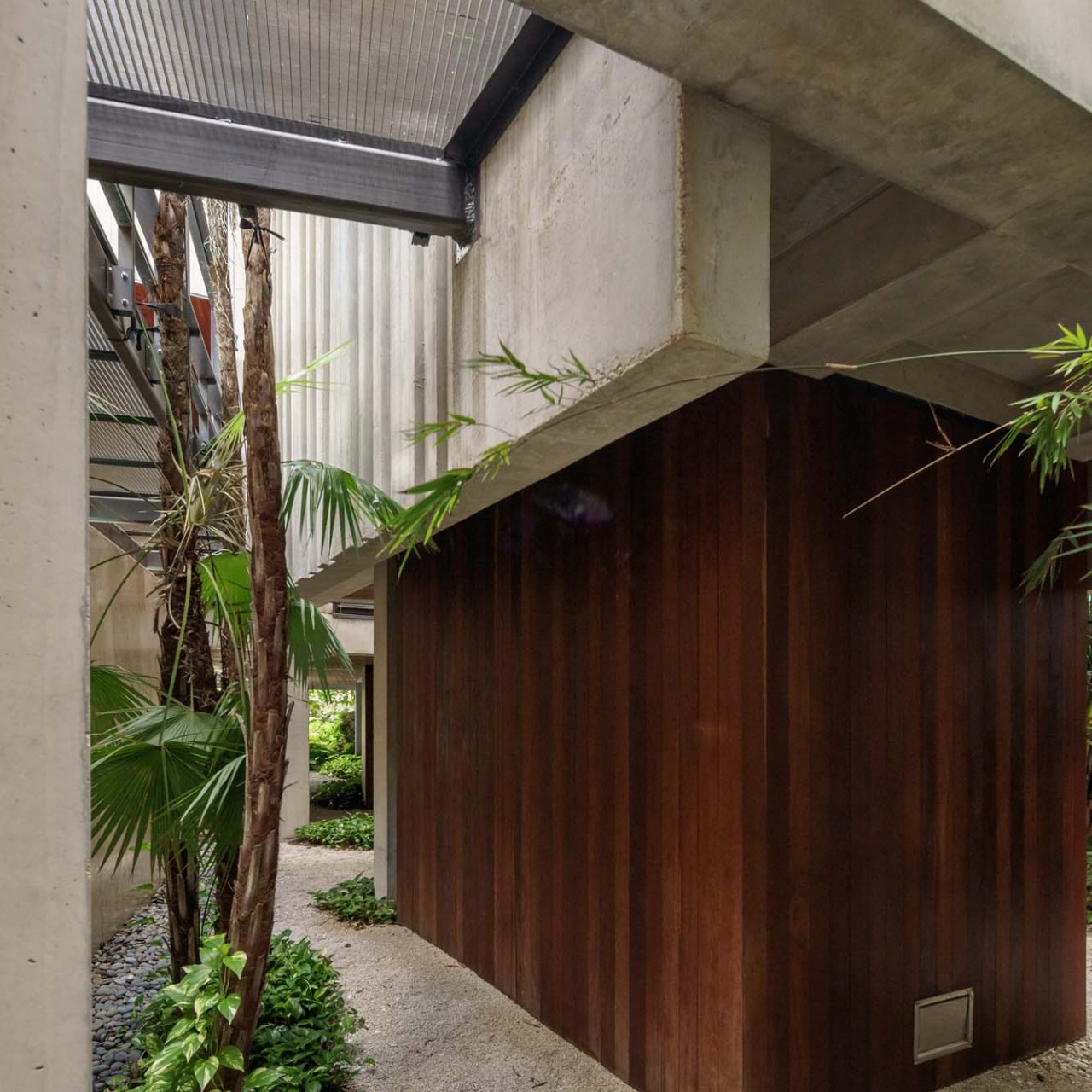
What is the concept of Brutalist architecture?
Brutalist architecture has an industrial aesthetic and became famous not just for how it looked or what it meant culturally, but also because it was used in rebuilding projects after a big war and when the economy was unstable. Additionally, it is based on the idea of designing buildings that prioritize functionality, honesty in materials and social structure, and the avoidance of unnecessary decoration. Some of the most well-known brutalist architects include Le Corbusier from Switzerland and France, Paul Rudolph from Kentucky, and Kenzo Tange from Japan, among others.
What are the characteristics of Brutalist design?
1. Use of Exposed Concrete
Brutalist buildings feature exposed concrete on walls, floors, and ceilings, creating a raw ambiance and monochromatic palette with its rough texture and grey hues. Concrete’s affordability, versatility, and durability make it a staple in Brutalist architecture, often complemented by untreated steel, wood, and glass.
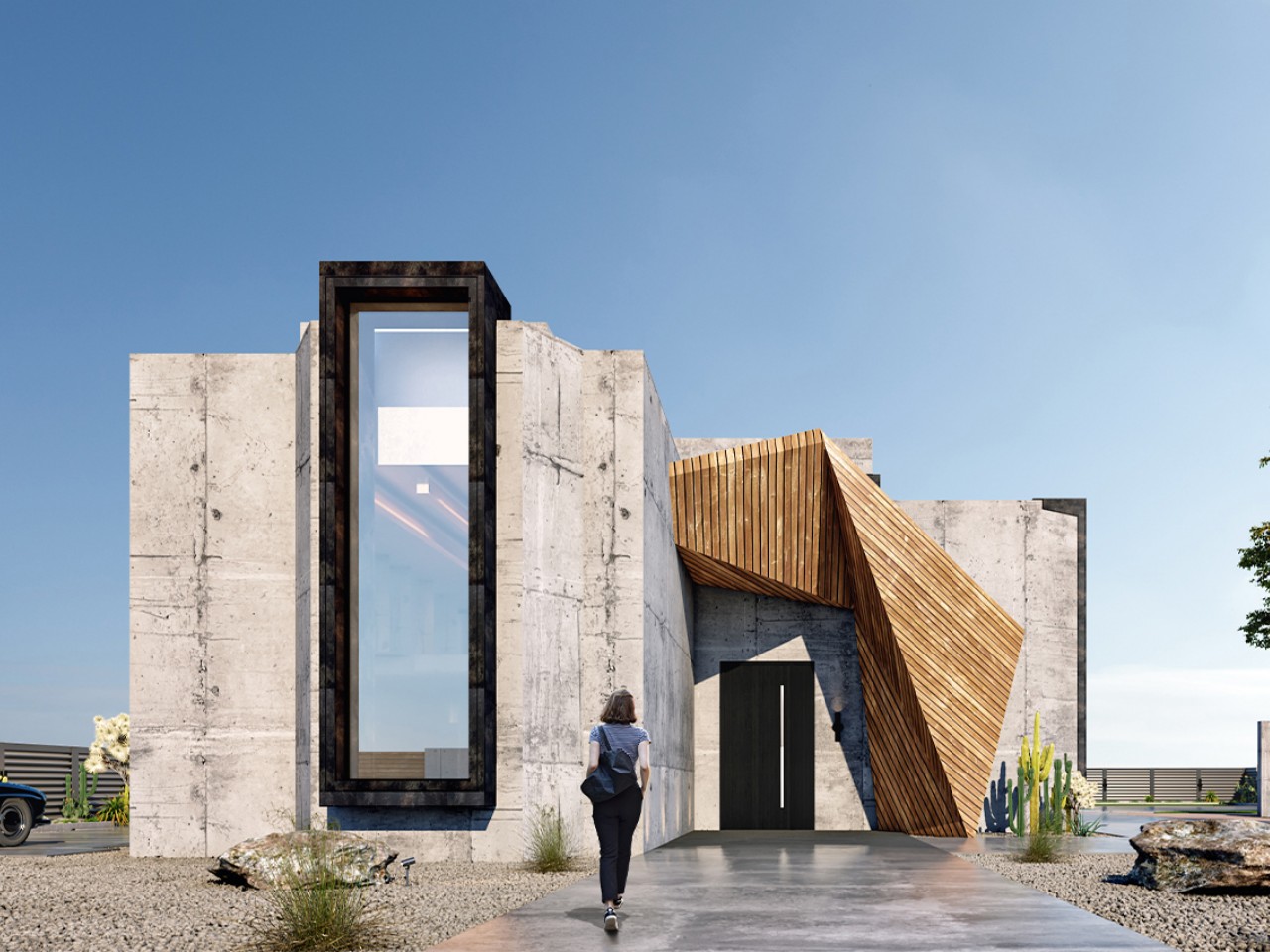
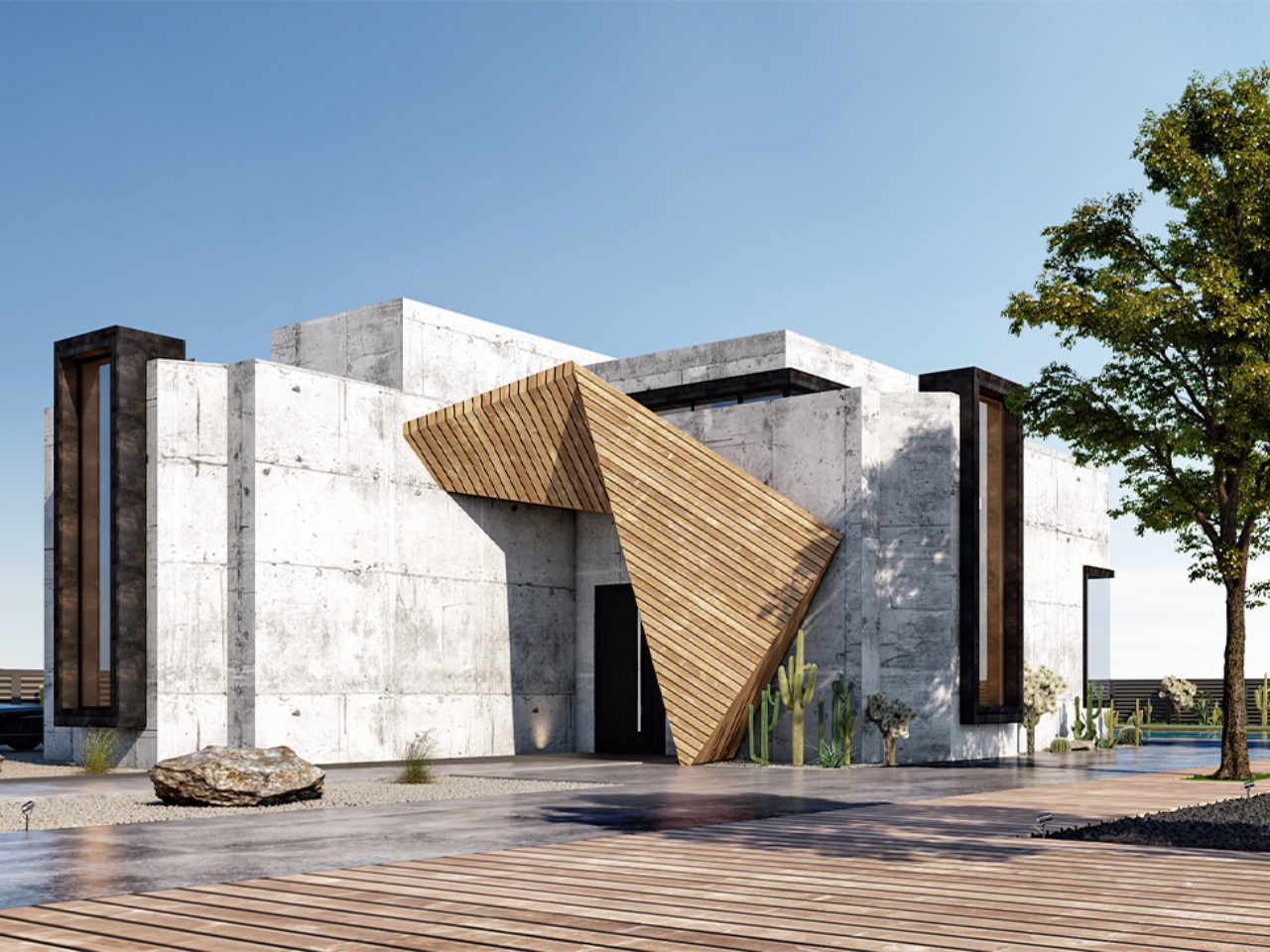
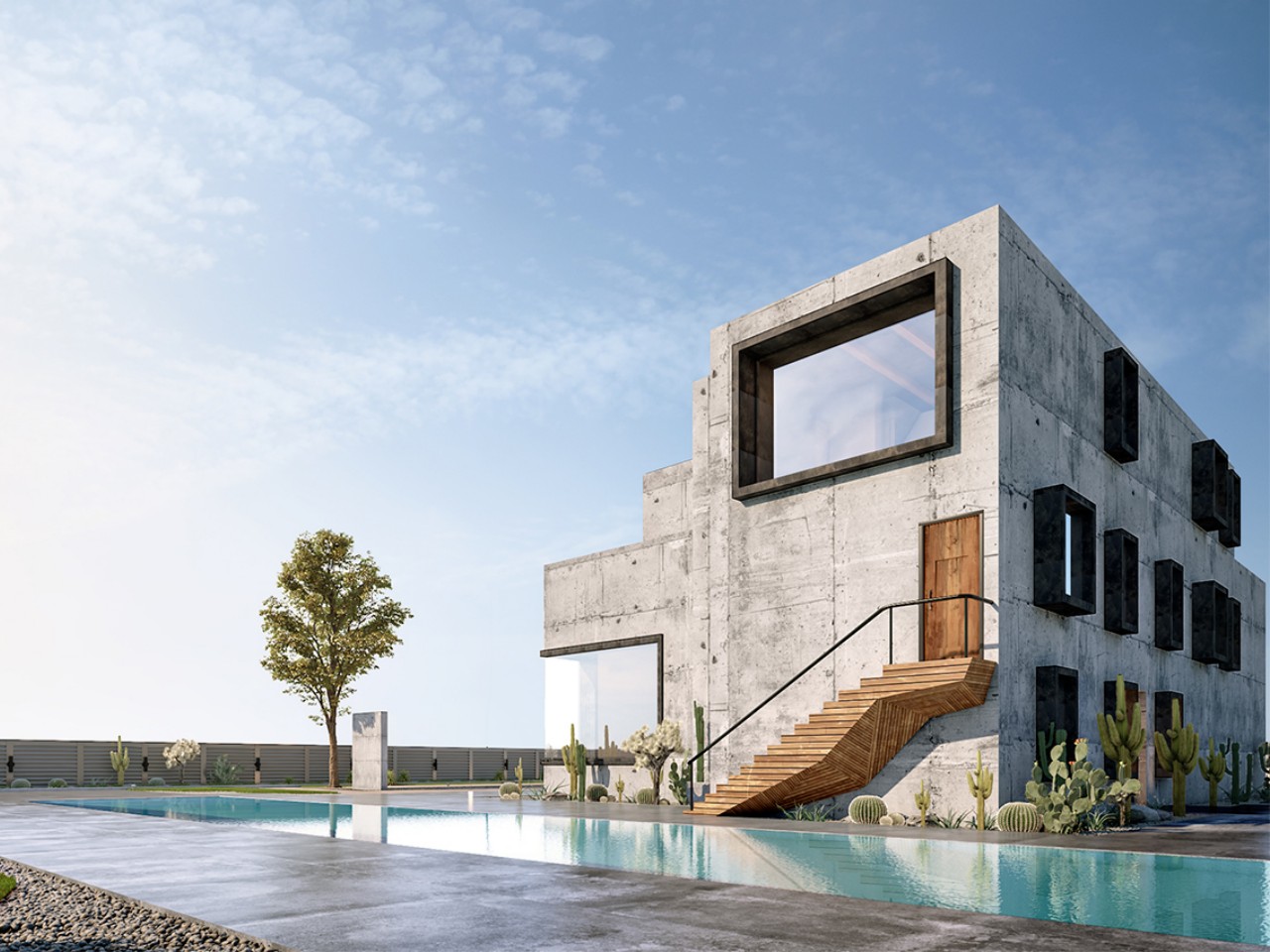
Designer: Badie Architects
The Maadi Villa by Badie Architects is a striking fusion of brutalist architecture and contemporary warmth. Nestled in a tranquil oasis away from the Egyptian bustle, this urban gem redefines residential living. Featuring sleek concrete, steel, and wood accents, it harmonizes cool minimalism with inviting comfort. Expansive windows frame breathtaking views while a luxurious pool beckons relaxation. Step inside to find modern elegance accentuated by a captivating spiral staircase and abundant natural light. With Mohamed Badie’s visionary touch, Maadi Villa transcends convention to embody timeless sophistication.
2. Geometrical Shapes
Brutalist design frequently integrates bold geometric shapes, including angular forms and sharp edges, to establish a cohesive and organized atmosphere, enhancing the structured essence of the space.
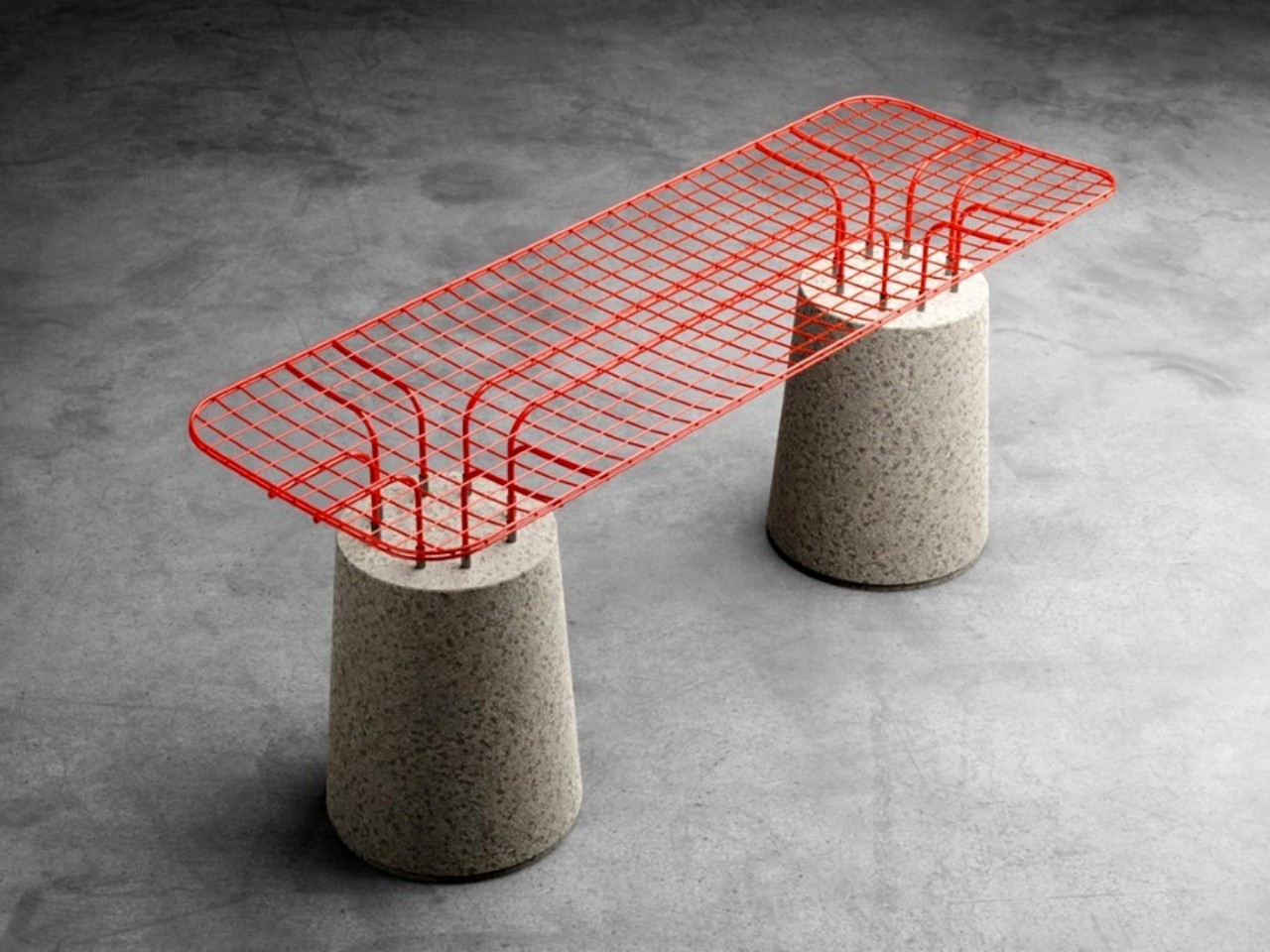
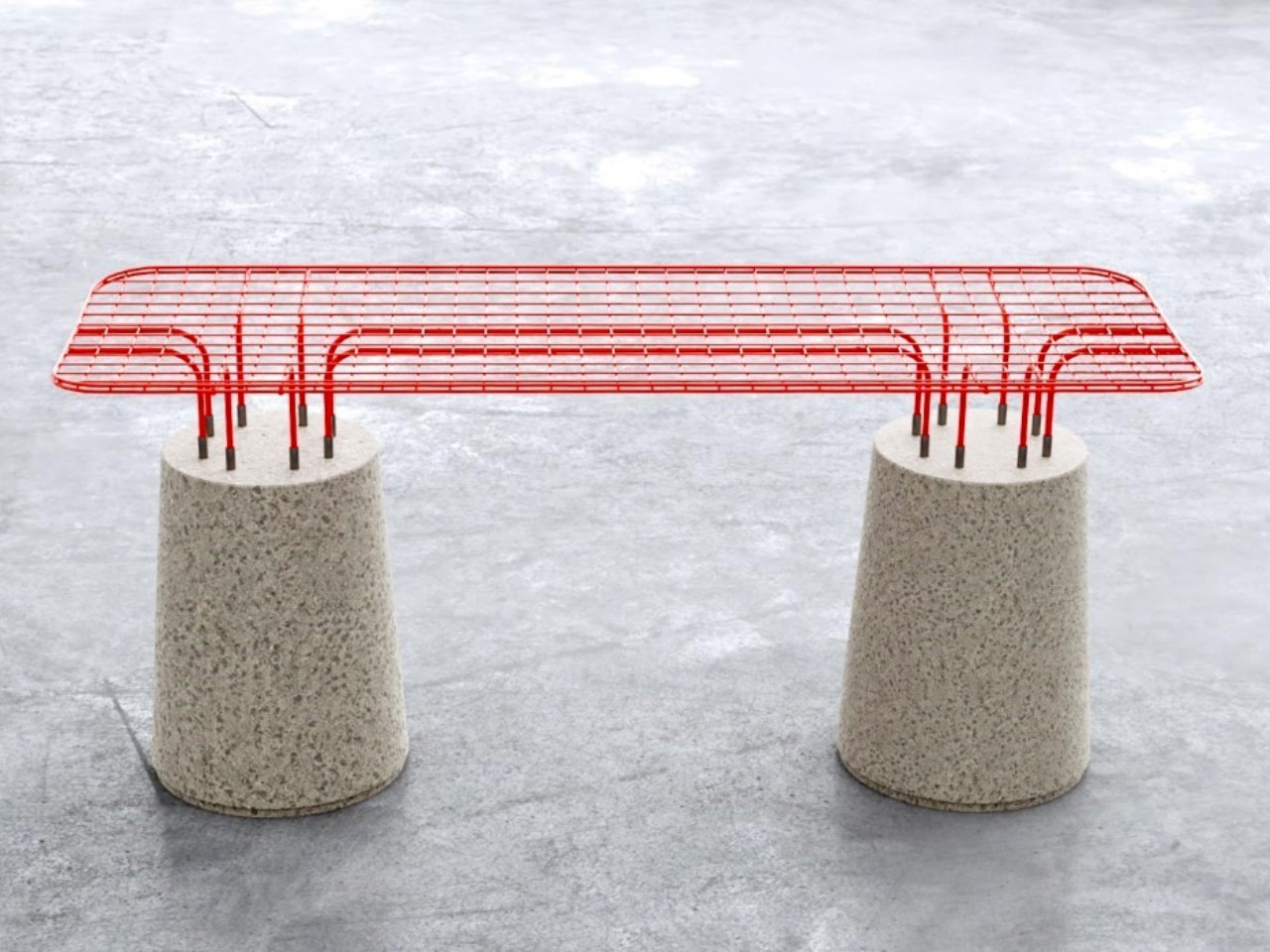
Designers: Anurag Sharma, Nishant Jonathan & Pravinsinh Solanki
In MeshH, it’s the vibrant colors meet brutalist design. This unique seating solution features a light wireframe seat atop a sturdy concrete base, creating a striking contrast of aesthetics and materials. Designed for outdoor use, MESH combines toughness with inviting comfort, making it perfect for any space. With its minimalist construction and eye-catching colors, MESH adds a touch of playful sophistication to any environment.
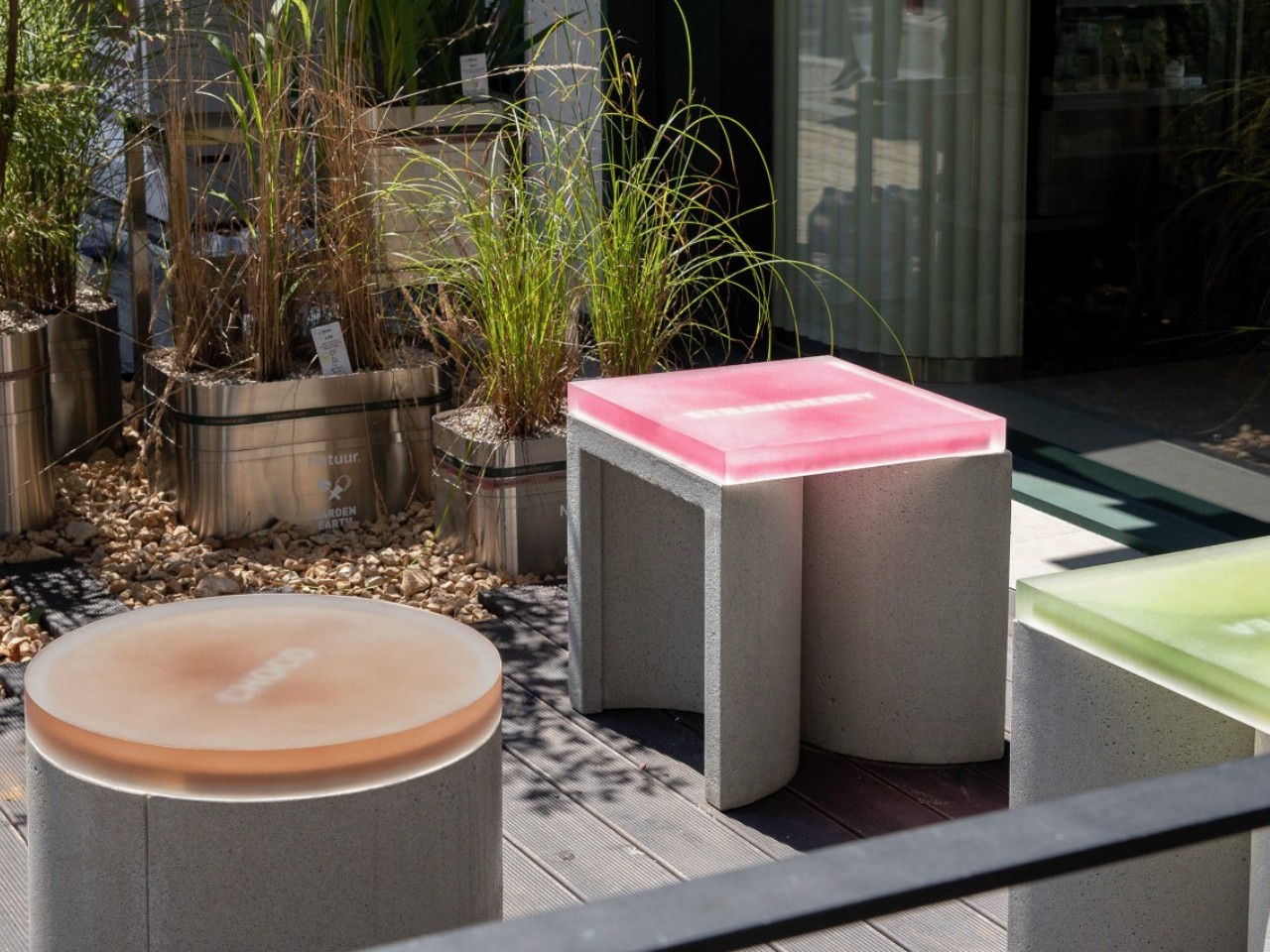
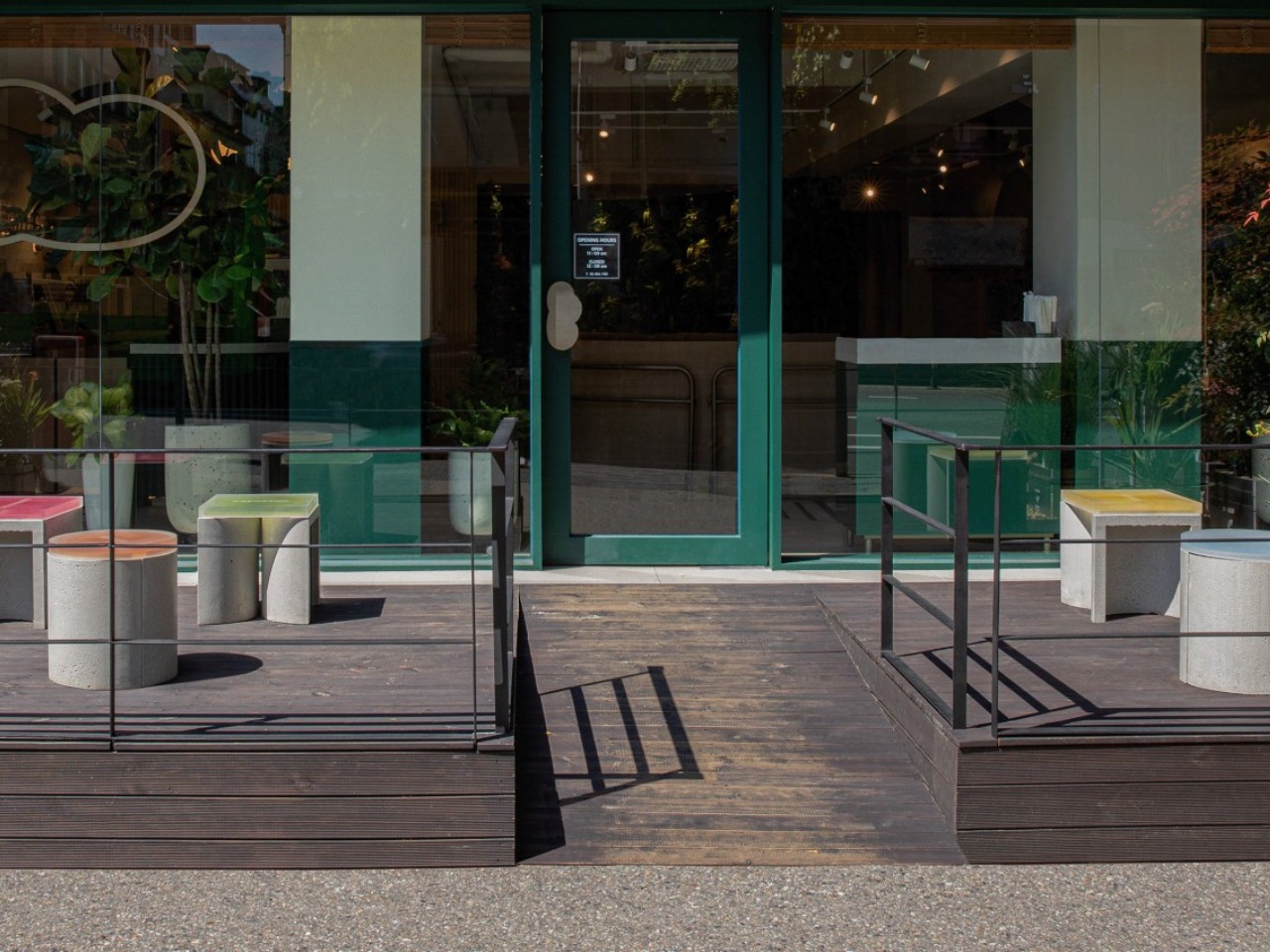
Designers: one J, Jeongjin Ko, Jinsu Du, Keetae Kim (Superkomma)
CONECTO is a modular concrete stool which is a bold fusion of brutalist design and innovative functionality. Despite concrete’s typical rigidity, this stool redefines expectations with its customizable shapes and vibrant acrylic tops. Whether as a solitary piece or configured into benches, CONECTO offers versatility without compromising on style. Designed with sustainability in mind, it utilizes high-strength UHPC concrete and plans for future eco-friendly materials. These stools are the perfect balance of form, function, and environmental consciousness.
3. Minimalism
Brutalist interiors keep it simple, focusing on what’s essential and avoiding extra decorations. Furniture with clean lines adds to the practical design, keeping things straightforward and purposeful.
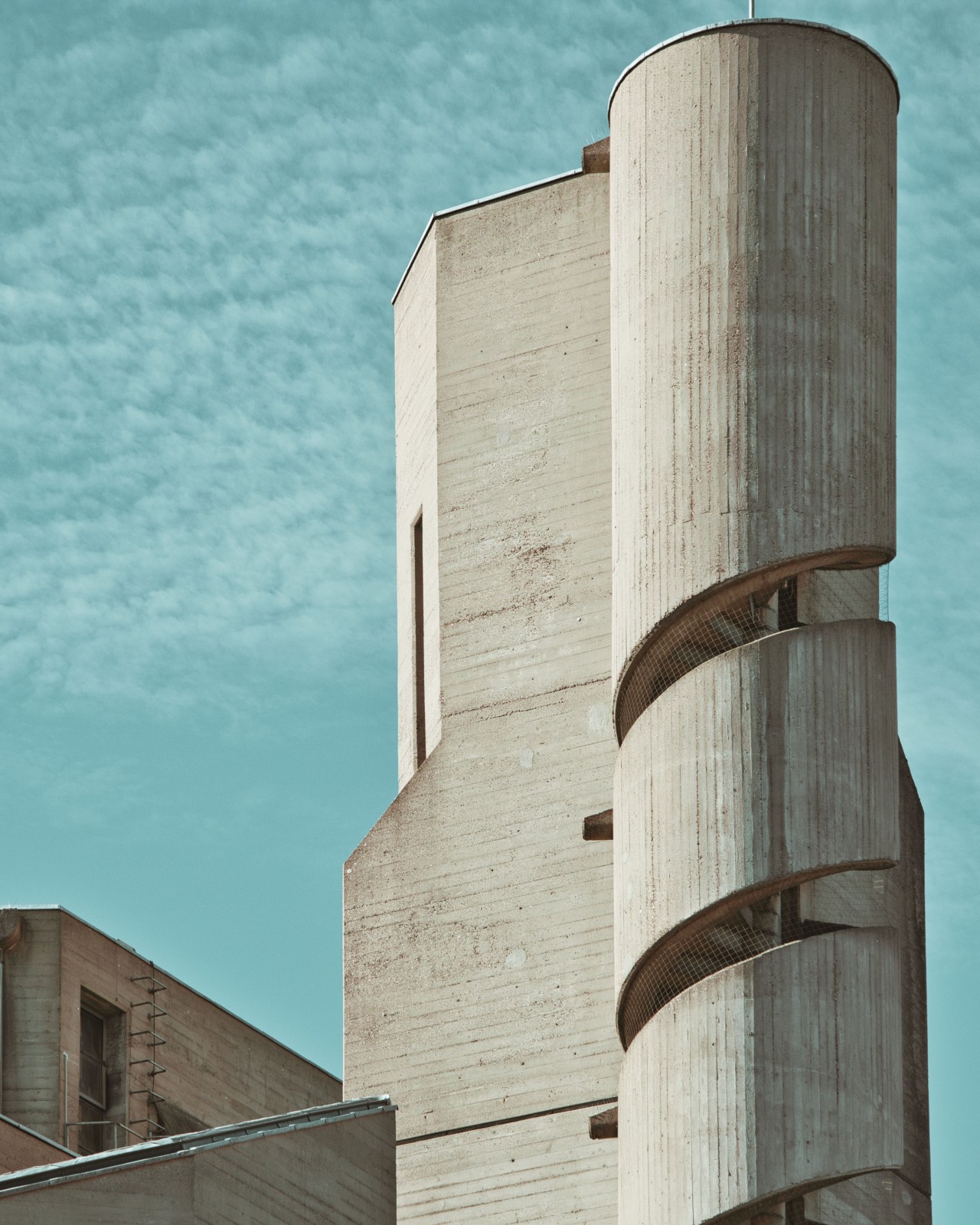
Image courtesy of: wirestock
4. Unfinished Surfaces
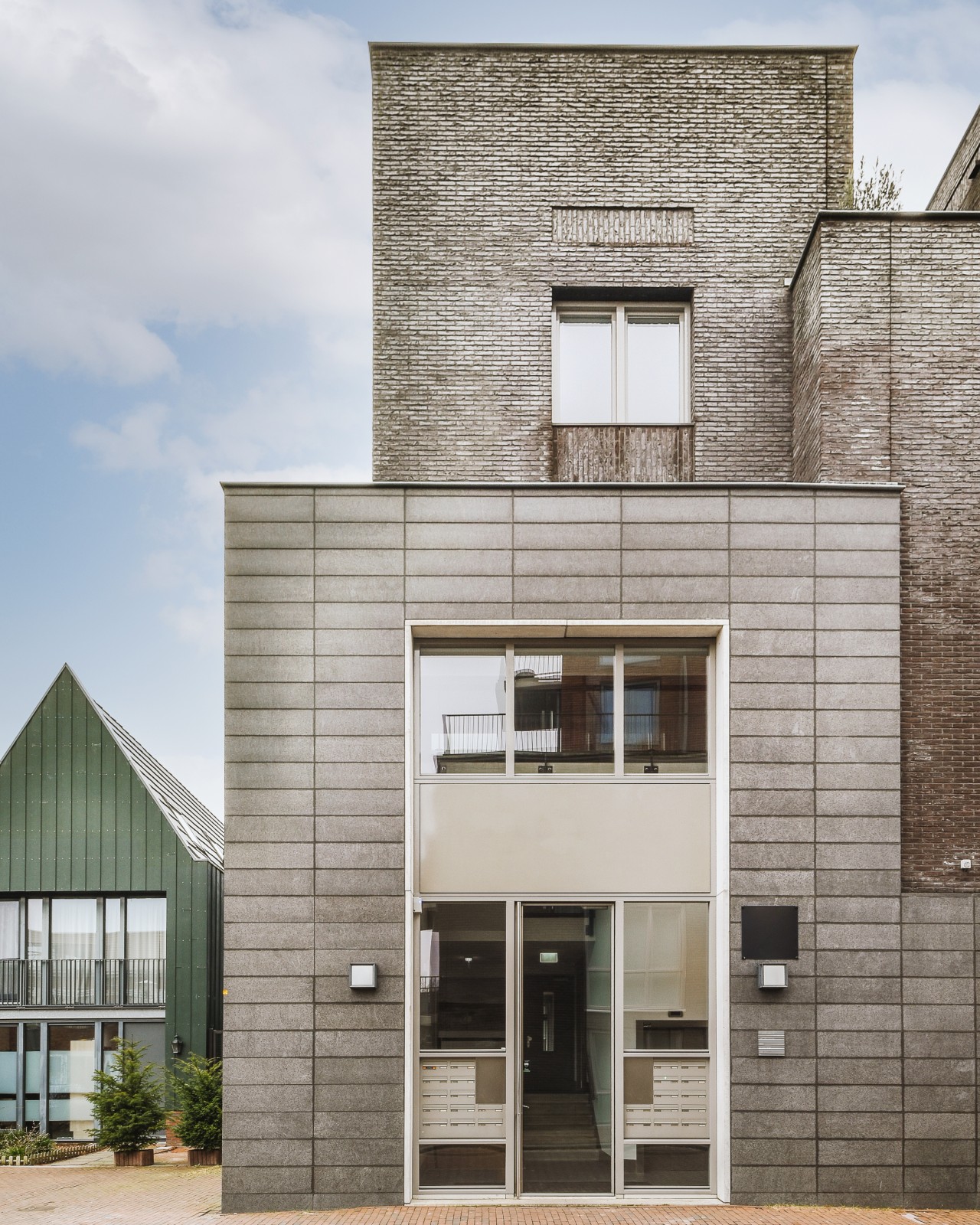
Image courtesy of: pro_creator
Brutalist design embraces imperfections, finding charm in raw and unfinished surfaces. This approach infuses character and authenticity into the space.
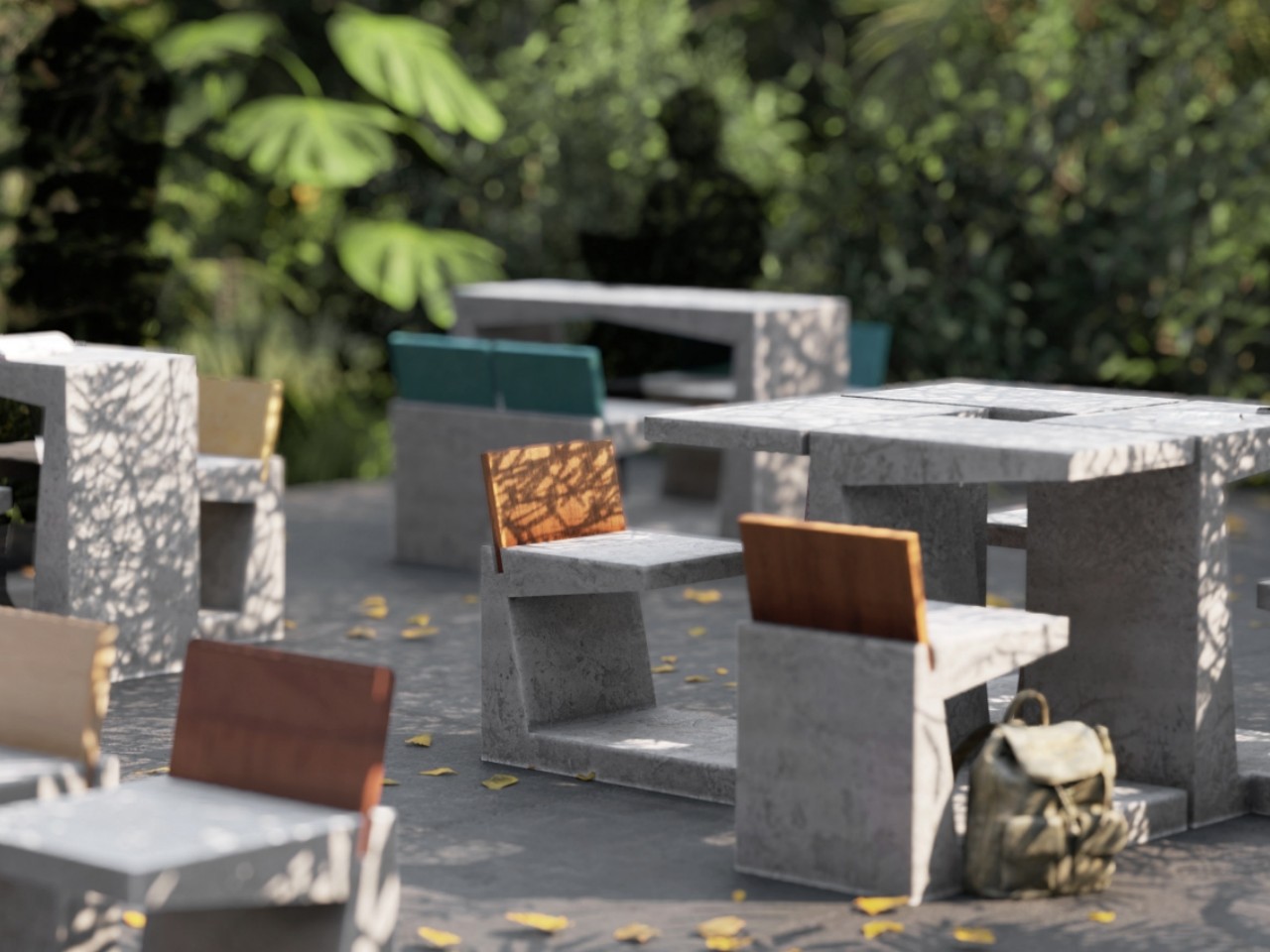
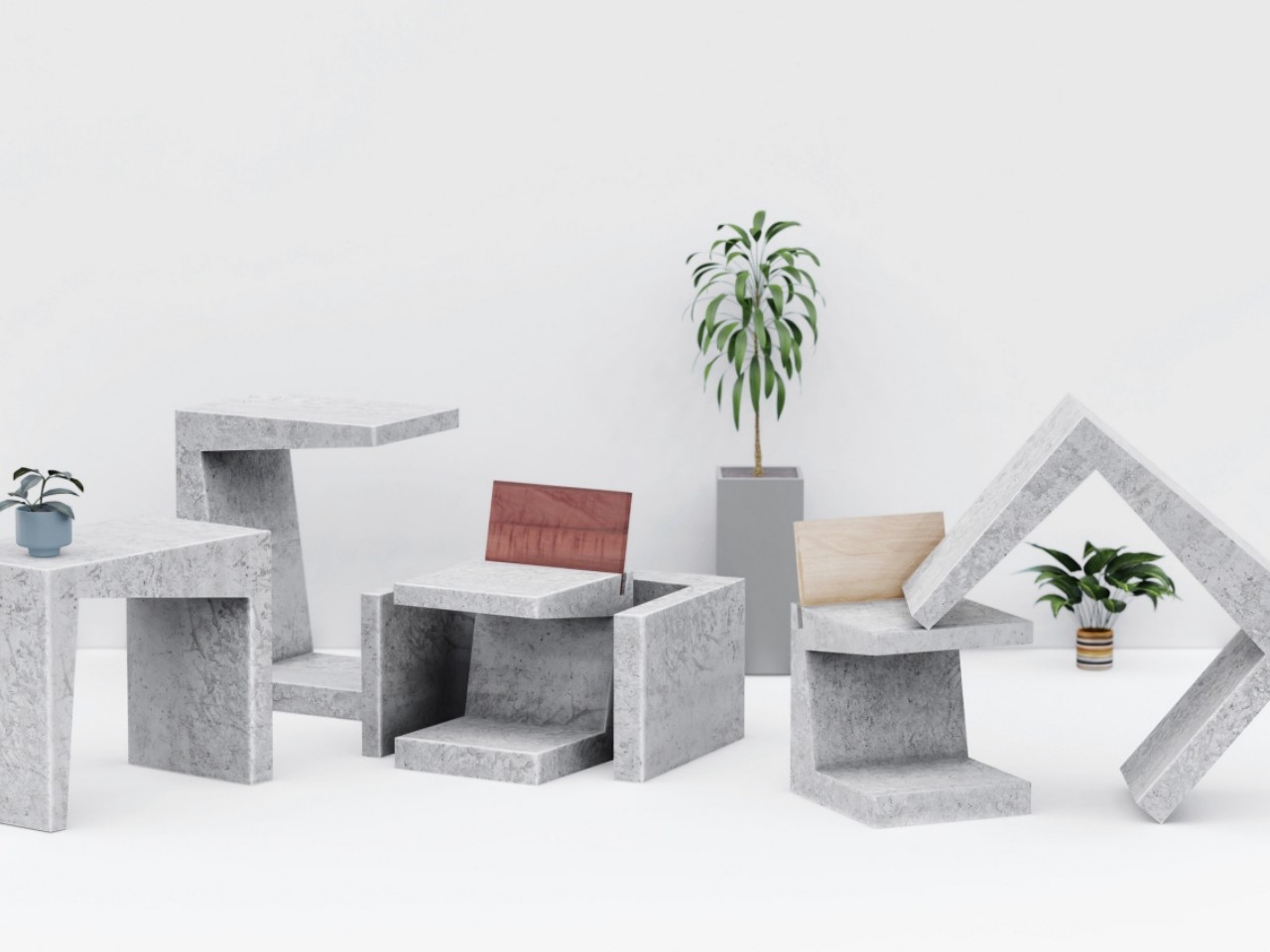
Designer: Ramanna Shrinivas
The Brute Chair and Table is a bold reinterpretation of outdoor furniture with a raw, brutalist aesthetic. Crafted from sturdy concrete, these modular pieces combine form and function in a strikingly minimalist design. The chair features a unique plywood backrest for added comfort and warmth, while the table’s versatile configuration options allow for flexible seating arrangements. With holes for connecting rods, the Brute collection offers endless possibilities for outdoor gatherings.
5. Solid Forms
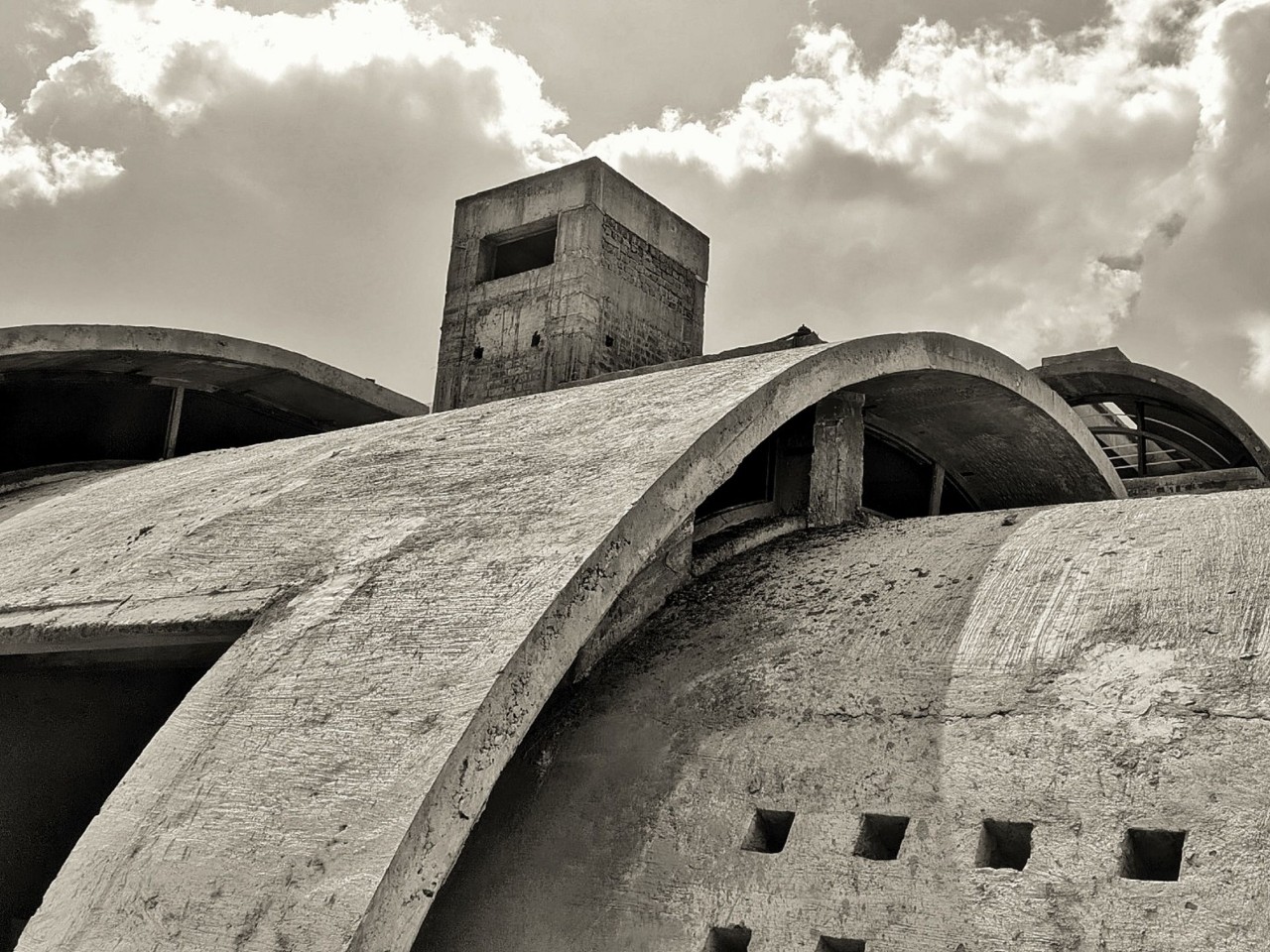
Image courtesy of: wirestock
Brutalist interiors frequently showcase substantial, imposing forms that command attention within the space. These monolithic structures lack ornamentation and convey a feeling of mass, and strength, and create a heavy presence.
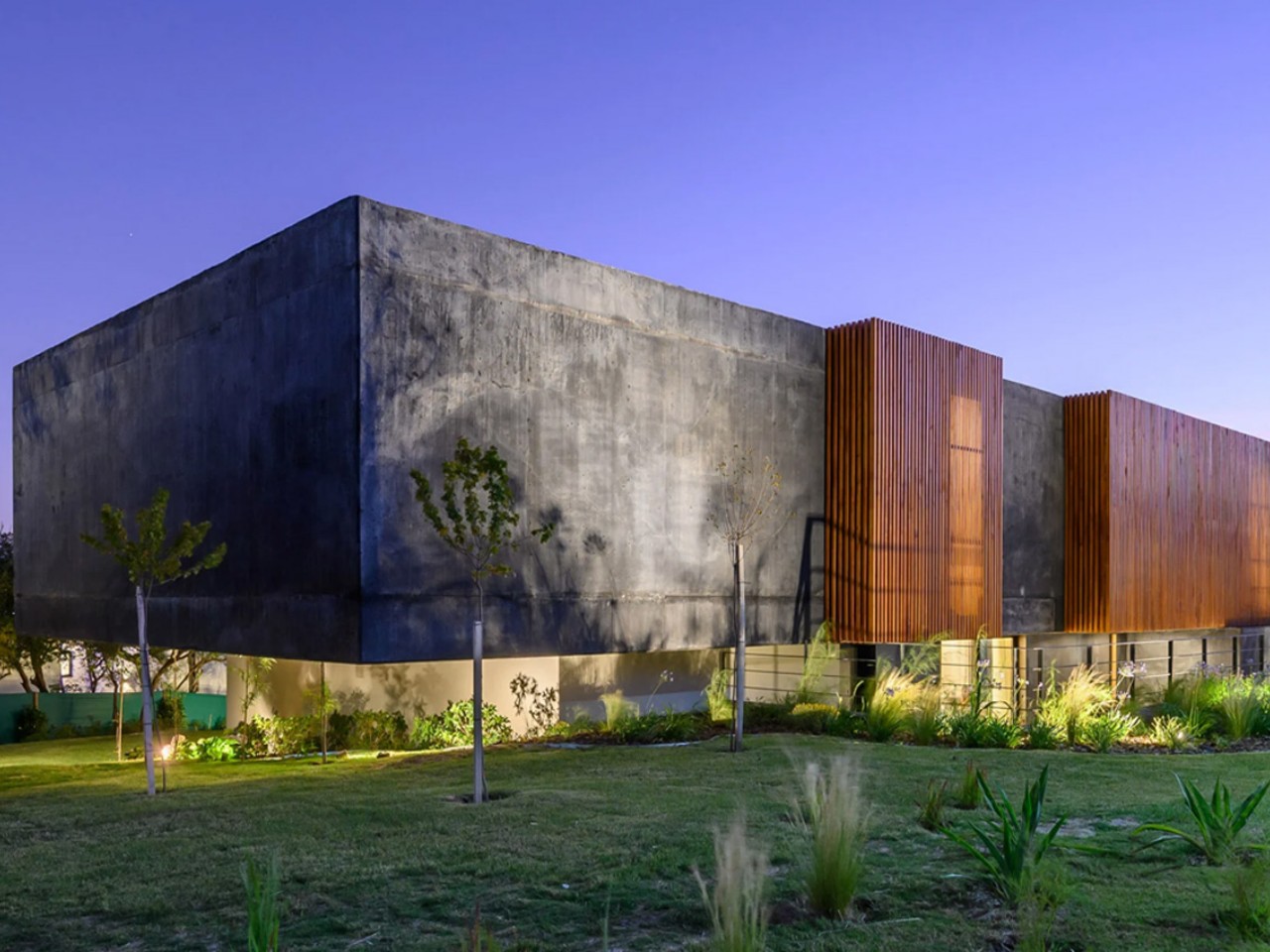
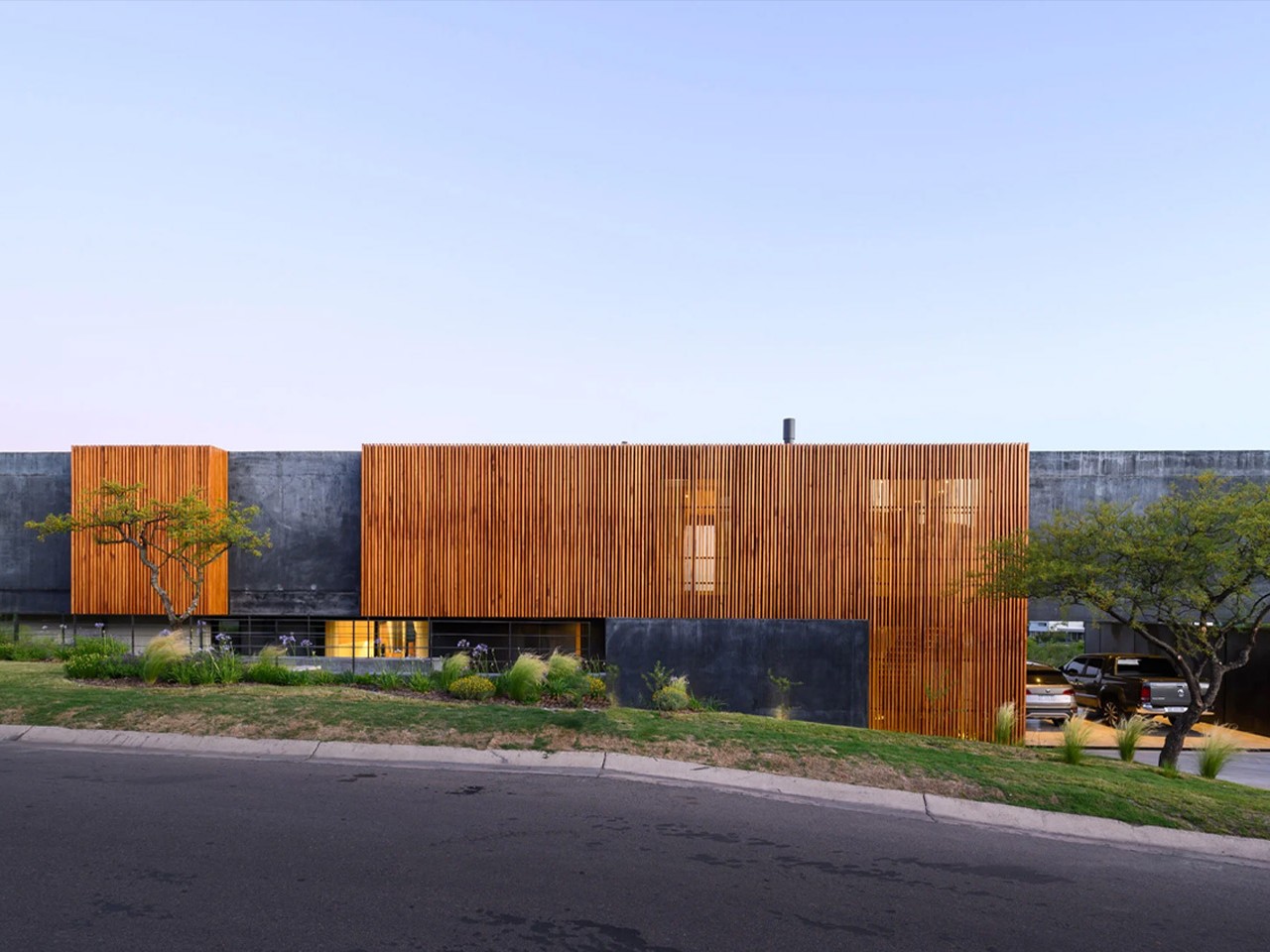
Designer: AR Arquitectos
The Black House by AR Arquitectos is a stunning testament to modern brutalist design nestled in the mountains of Córdoba. This residence, crafted from black-stained concrete, redefines traditional architecture with its bold aesthetic and innovative use of materials. Featuring an open-concept layout, panoramic views of the surrounding mountains, and seamless integration with the outdoors, The Black House offers a unique living experience. With its sleek design and attention to detail, this home exemplifies contemporary elegance while providing a serene retreat from city life.
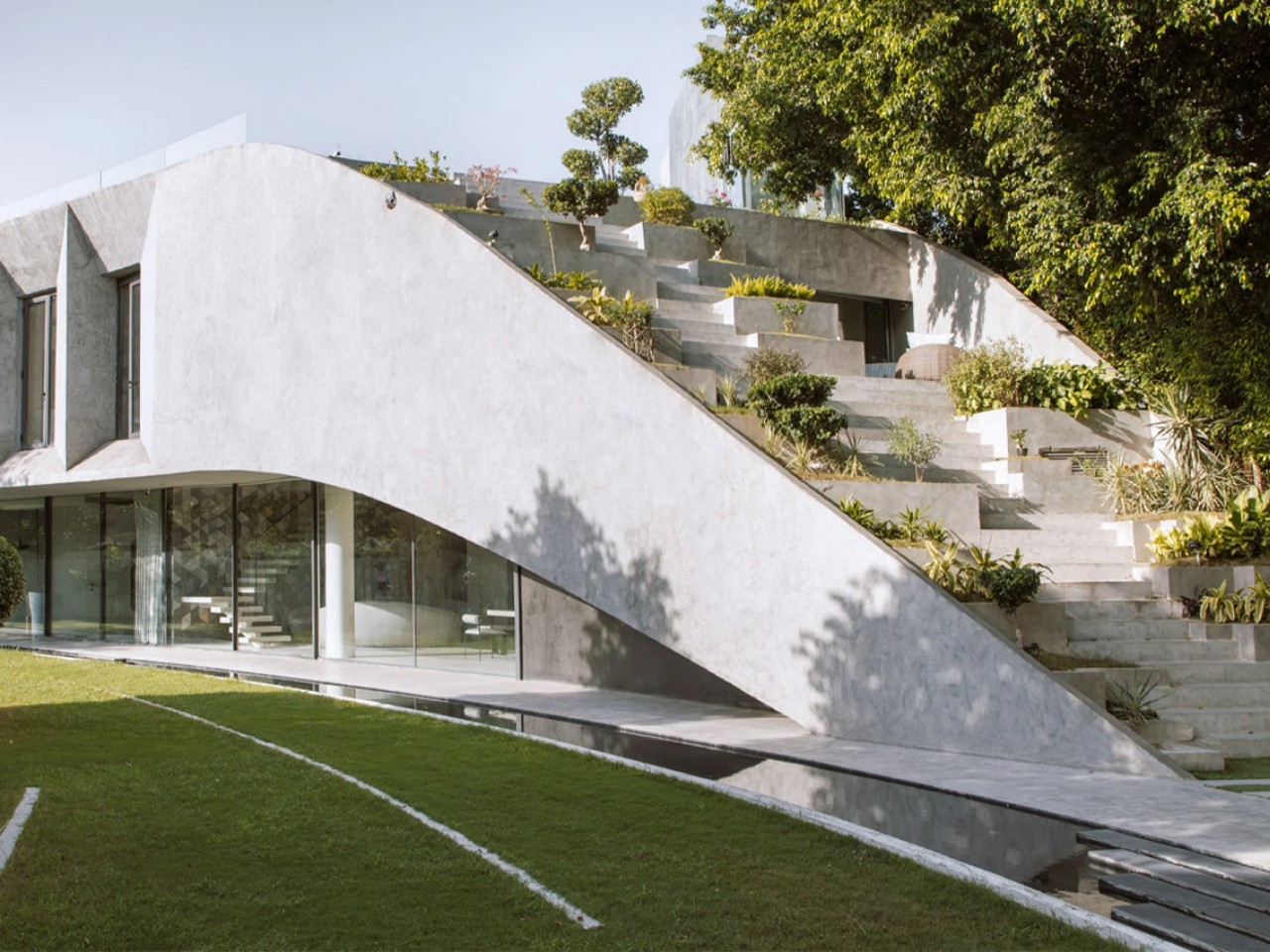
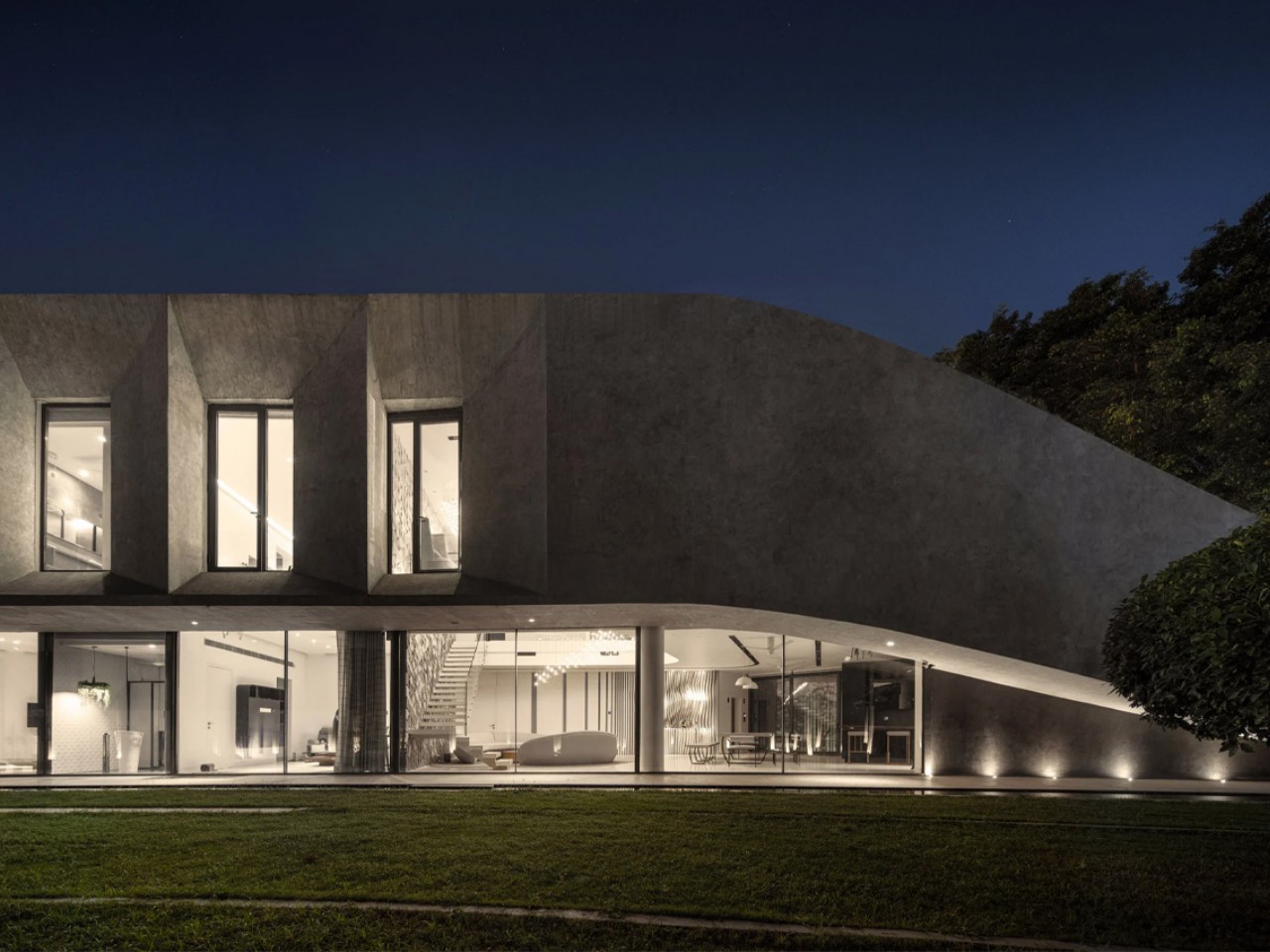
Designer: Studio Symbiosis
Villa KD45 by Studio Symbiosis is a striking concrete residence nestled in the vibrant city of New Delhi, India. This imposing villa stands out with its majestic terraced roof and distinctive brutalist-inspired aesthetic. Surrounded by landscaped grounds and lush greenery, Villa KD45 offers a tranquil urban oasis amidst the hustle and bustle of the city. With thoughtful design elements like lowered ground floors, cantilevered upper levels, and angular windows to combat the city’s heat, this home seamlessly blends comfort with sustainability. Brutalist structures often aim to blend in with their environment, whether it’s an urban setting or a natural landscape.
6. Functional Furniture
In Brutalist interiors, furniture tends to be straightforward and practical, featuring clean lines and minimal adornments. Make sure to choose functional pieces of furniture equipped with built-in storage solutions for different areas of the home.
7. Industrial Aesthetics
Choose fixtures that blend seamlessly with the industrial and utilitarian atmosphere found in Brutalist interiors, like lighting installations that highlight exposed bulbs or metal pendants.
8. Use of Bold Colors
Although Brutalist design typically favors neutral hues, bursts of vibrant, contrasting colors are frequently employed to introduce visual intrigue and focal points amidst the subdued palette.
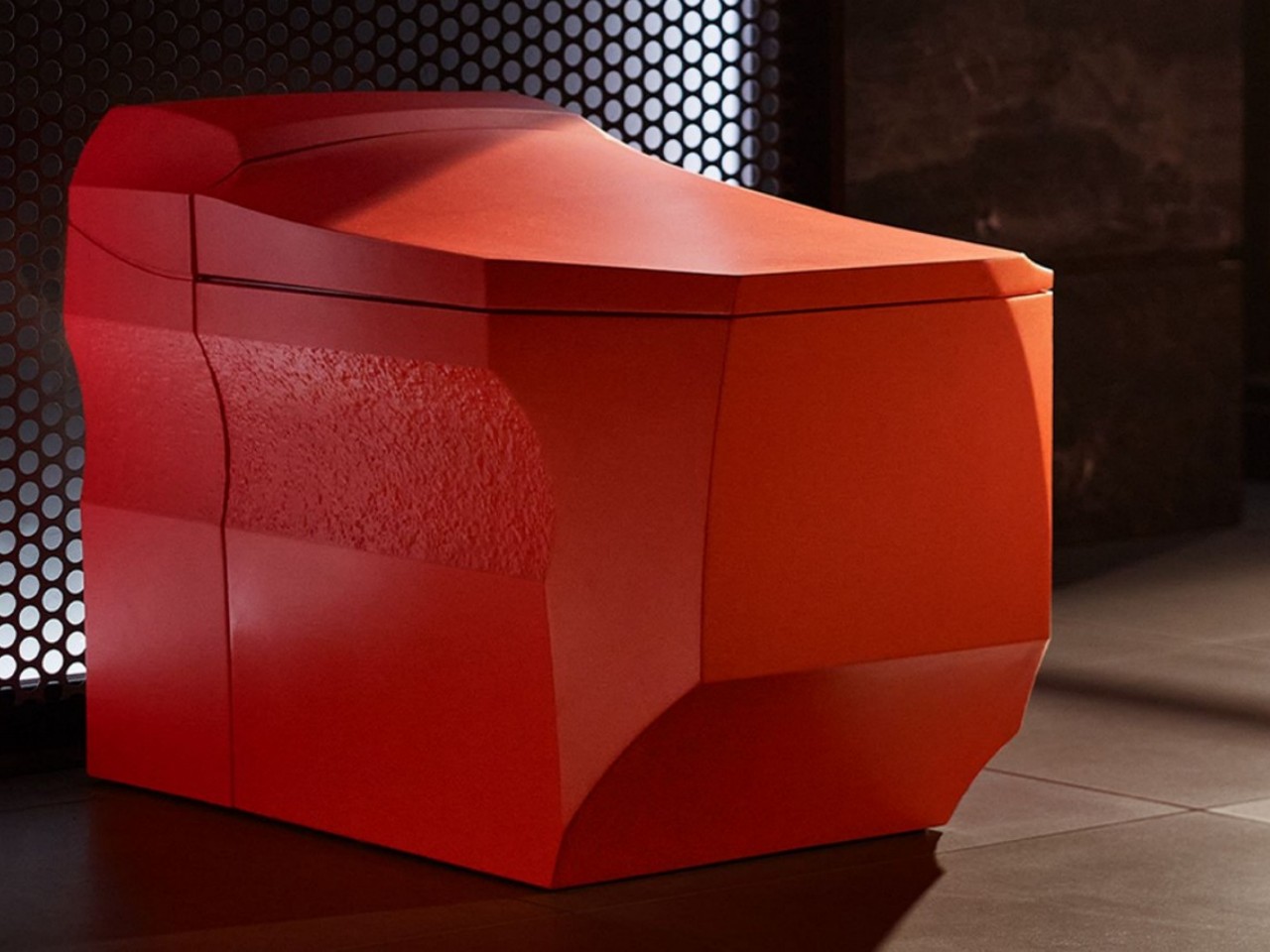
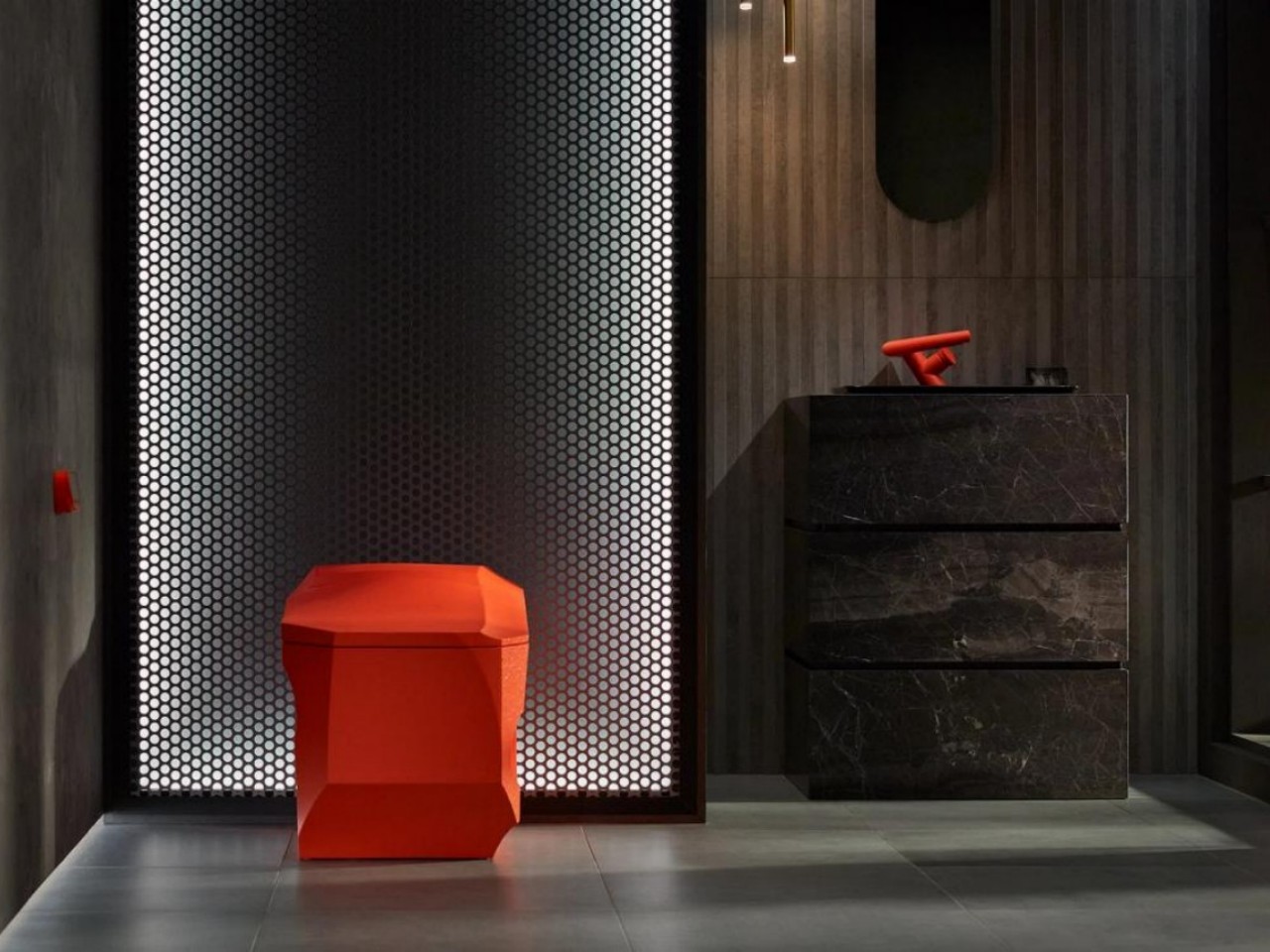
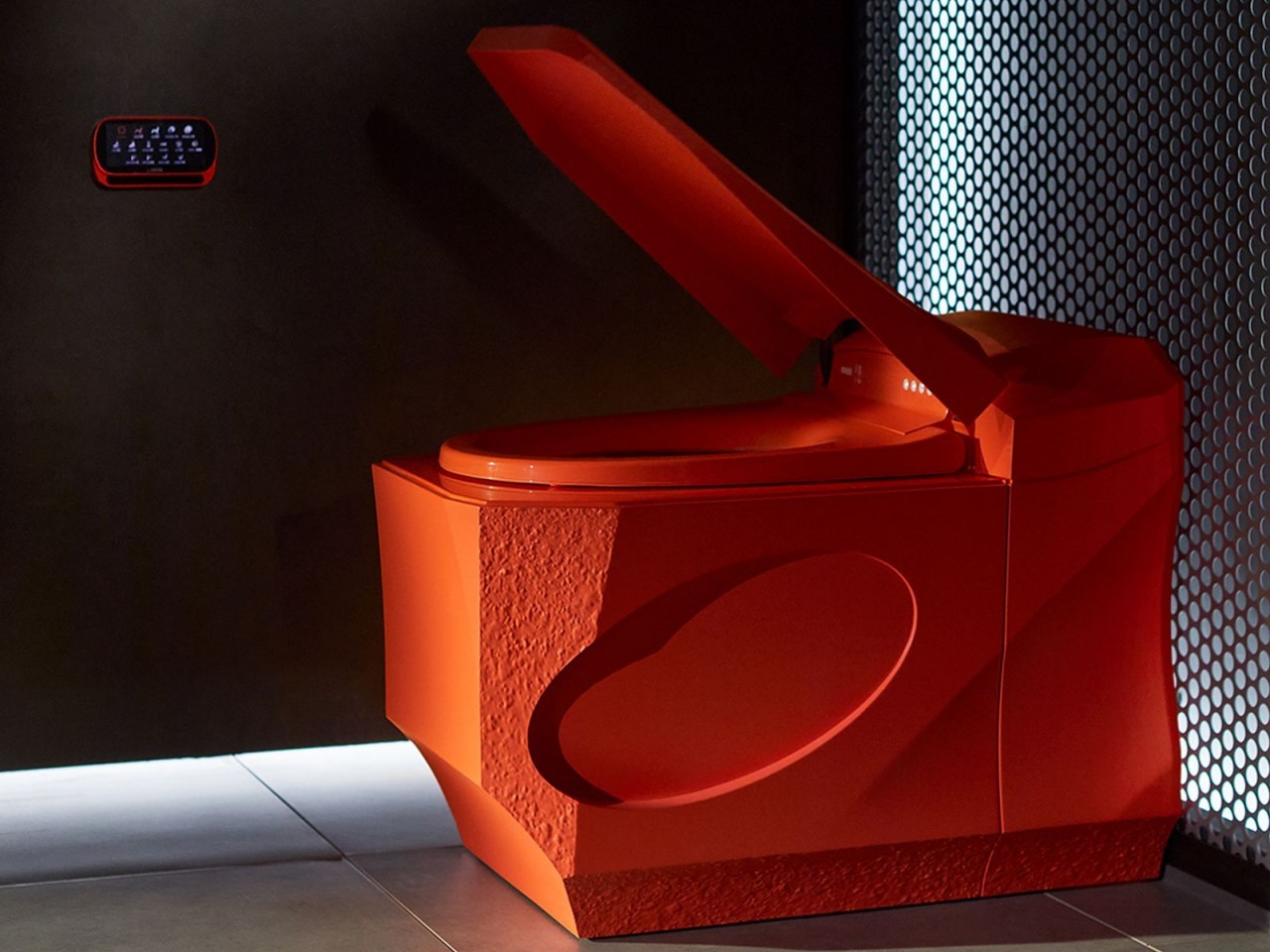
Designer: Kohler x SR_A
The Kohler Brutalist Smart Toilet reimagines conventional bathroom design with its bold aesthetic and innovative features. Inspired by the transformative power of water, this unique toilet combines a blocky, faceted form with a rugged texture, reminiscent of brutalist architecture. Despite its unconventional appearance, the Formation 02 remains a fully functional and comfortable toilet, equipped with smart features such as a heated seat and customizable bidet cleansing. With its distinctive design and advanced technology, the Kohler Brutalist Smart Toilet offers a one-of-a-kind bathroom experience that seamlessly blends style and functionality.
9. Play of Textures
Brutalist design embraces texture play, blending rough and smooth surfaces to evoke a tactile experience. This can be achieved by introducing materials like leather, metal, and textured fabrics.
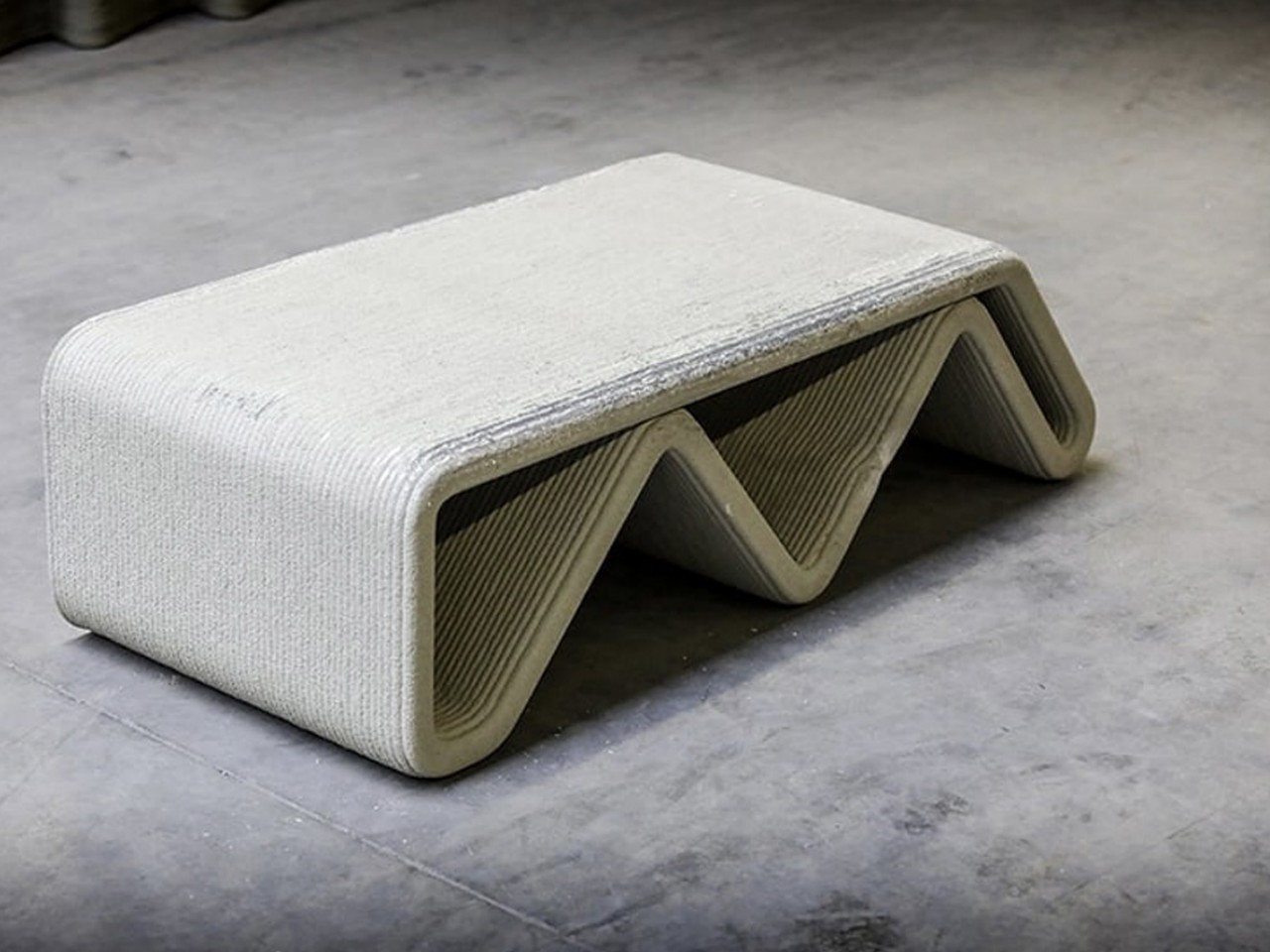
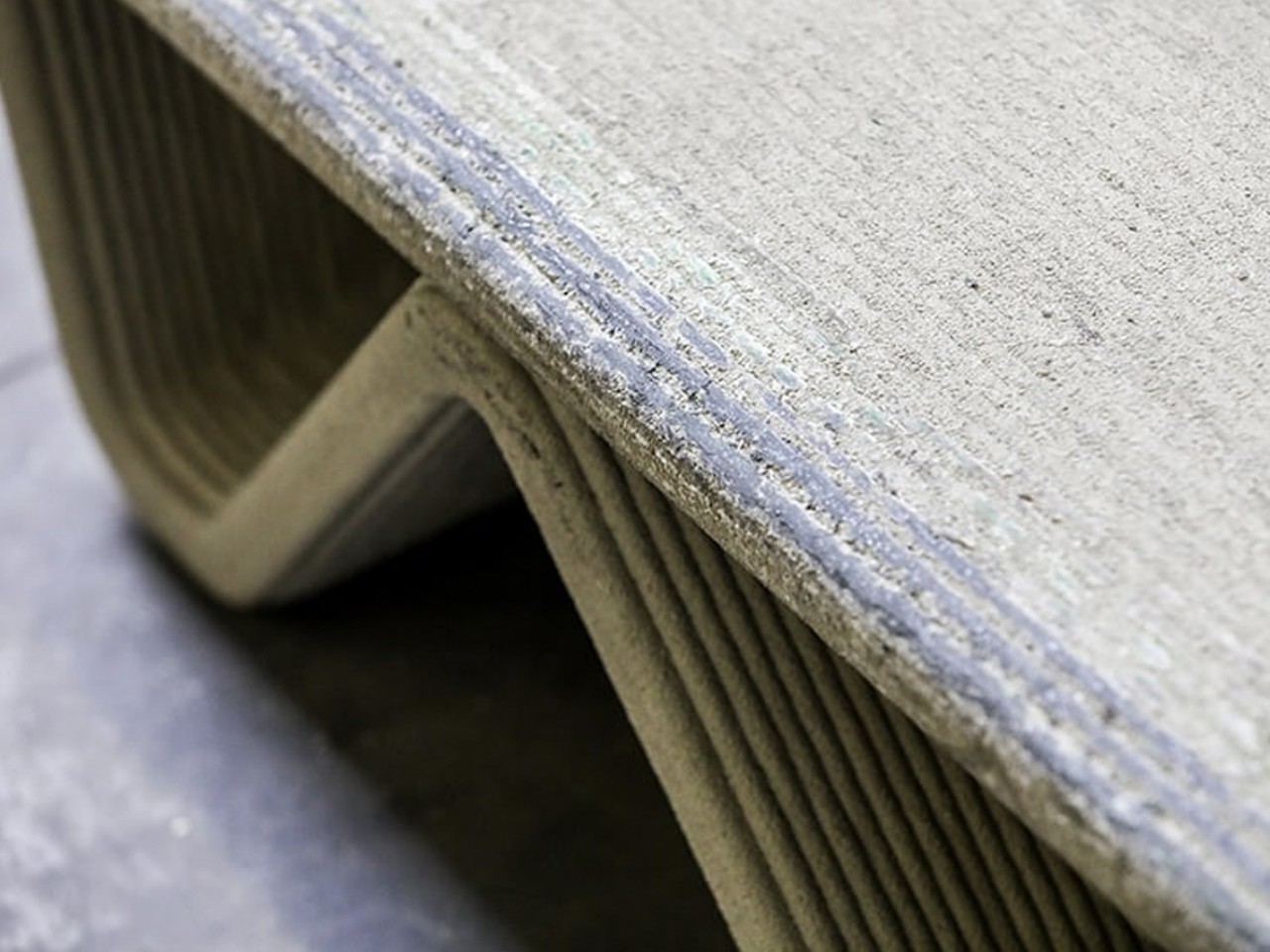
Designer: Rich Holland
Rich Holland’s revolutionary skatepark endeavor in Southampton introduces groundbreaking 3D-printed concrete furniture to Guildhall Square. The PSFF Bench, a remarkable prototype, seamlessly combines sculptural grace with sports-centric utility. Prioritizing minimalism and longevity, these distinctive pieces redefine skate furniture on a global scale. Immerse yourself in the intersection of avant-garde design and skate culture through Holland’s iconic innovations.
10. Celebrates Imperfections
The Brutalist design aesthetic embraces imperfections and the natural aging of materials, enhancing the space’s character and authenticity by allowing materials to evolve and reveal their wear and patina over time.
Brutalist architecture declined in the 1980s due to shifting perceptions and concrete deterioration, but it is now making a comeback, influencing contemporary products and residential interiors, and being recognized for its unique contribution to architectural heritage. However, Brutalist design continues to find its place in graphic design, web design, and product design.
The post Embracing the Raw Aesthetics: Integrating Brutalism into Modern Design first appeared on Yanko Design.
